The Tampa Bay Buccaneers used their first-round pick in last week's NFL Draft on Iowa tackle Tristan Wirfs, and now they hope that selection will be Lucky Number 13.
The Buccaneers were originally slated to pick 14th in the 2020 draft, but when his team was on deck Thursday night General Manager Jason Licht made a small trade to make sure no other team could ace him out on the much-coveted Wirfs. Licht sent the team's fourth-round pick to the San Francisco 49ers to move up one spot to number 13, getting a seventh-round pick back in the process. And that put Tampa Bay in position to make the 13th pick in the NFL Draft for the first time in franchise history.
That's right, the Buccaneers had never made the 13th pick before. They had made the 12th pick four times but had always skipped 13 like they were a hotel elevator. But that's over now. The only remaining spots at which Tampa Bay has never picked in the first round are second, ninth, 10th, 18th, 21st, 24th, 26th and 27th. If we have to hit any of those blanks next year, I vote for 27th.
In contrast, the Buccaneers' second-round pick on Friday fell at a spot which had served them well in the best. Minnesota safety Antoine Winfield, Jr. is the third player the Buccaneers have picked 45th overall, and the first two became long-time contributors. The Bucs picked Baylor center Randy Grimes at that spot in 1983 and Grimes would go on to play 118 games and make 104 starts on Tampa Bay's O-Line. Fifteen years later, in 1998, Tampa Bay nabbed USC cornerback Brian Kelly at that same spot. Kelly played for the Bucs for a decade, appeared in 130 games with 79 starts and was a starter and the leading interceptor on the Super Bowl team.
Vanderbilt running back Ke'Shawn Vaughn joined the Bucs at the 76th pick on Friday night, and he shares that draft position with one other former Buc. This one, too, has a good history, as Florida LB Scot Brantley, the 76th pick in 1980, went on to play in 114 games with 71 starts. Brantley is a prominent figure in the Bucs' long history of strong linebackers.
Minnesota wide receiver Tyler Johnson has the distinction of being the first 161st pick in team history, so he has a trail to blaze. However, defensive tackle Khalil Davis was not the first player the Bucs have ever selected at number 194 overall. That pick yielded quarterback Bruce Gradkowski in 2006. A rash of injuries led to Gradkowski gamely starting 11 games as a rookie during a rough '06 campaign for the team. Though the Toledo product didn't make any more starts for the Bucs after that season, he did last in the league for nearly a decade and made nine other starts elsewhere.
The Buccaneers finished their draft with the selections of linebacker Chapelle Russell and running back Raymond Calais at the 241st and 245th spots, respectively. Those draft slots have produced one other Bucs pick each, but neither made a lasting impact. Defensive end Charles Bennett, picked 241st in 2006, played in three games as a rookie and that was the extent of his NFL career. Cornerback Marcus Hamilton, chosen 245th in 2007, got into one game for the Bucs and eight more for the Bears in 2008, then returned to Tampa for one more career game in 2009.
Now on to your questions.
A reminder that you can send questions to me anytime you want on Twitter (@ScottSBucs) and they're easier to find if you include the hashtag #SSMailbagBucs. We are also now soliciting questions each week on our Instagram page; look for that story on Wednesdays. As always, if you want to get a longer question into the mailbag and would prefer to email your question, you can do so to tbbsocial@buccaneers.nfl.com.
With all the upgrades the team has made, where do they still need to improve?
- @feckhoff_87, via Instagram
The Buccaneers have signed the greatest quarterback of all time; upgraded the tight end position with that quarterback's favorite target; somehow kept their entire starting defensive front seven intact despite the pull of free agency; filled their open right tackle position and added a veteran swing tackle; re-signed several defensive rotation regulars; added a possible starter to an uncertain safety group; and provided solid options at areas of shallow depth such as running back, receiver and interior defensive line.
View pictures of WR Tyler Johnson, the 161st overall pick in the 2020 NFL Draft
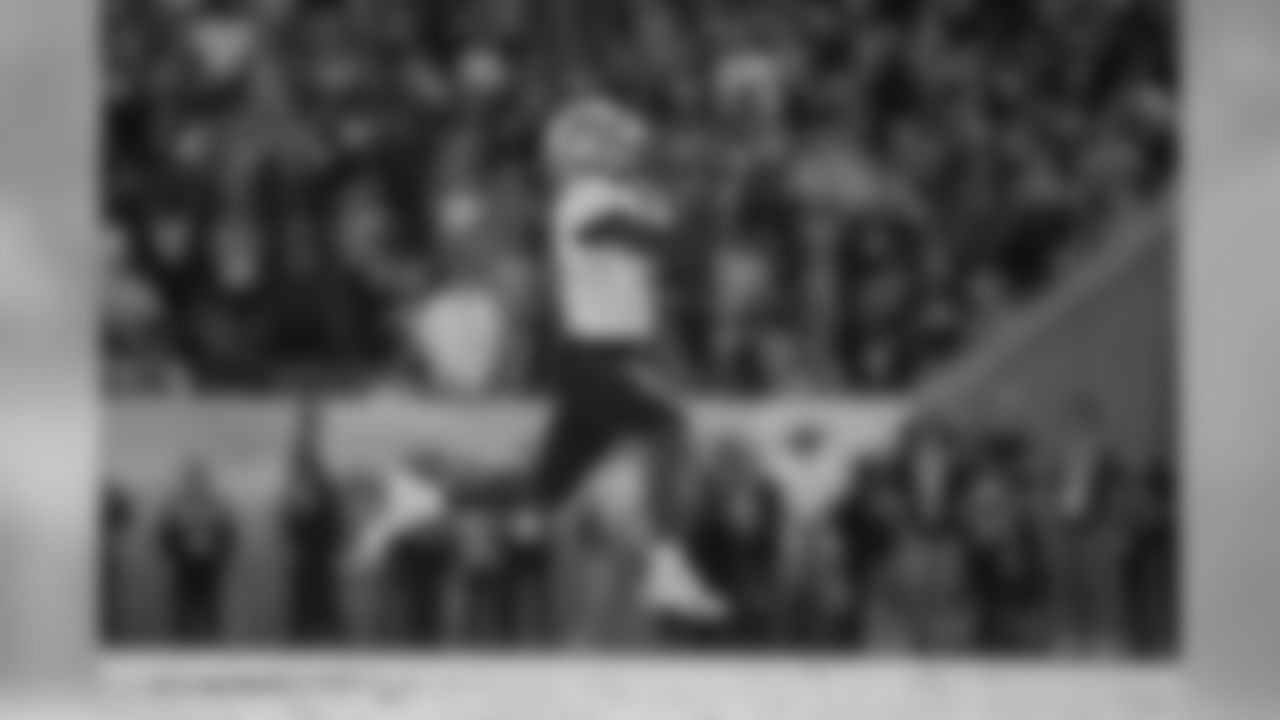
TAMPA, FL - JANUARY 01, 2020 - Wide Receiver Tyler Johnson #6 during the 2020 Outback Bowl game between the Minnesota Golden Gophers and Auburn Tigers at Raymond James Stadium. Photo By Kyle Zedaker/Tampa Bay Buccaneers
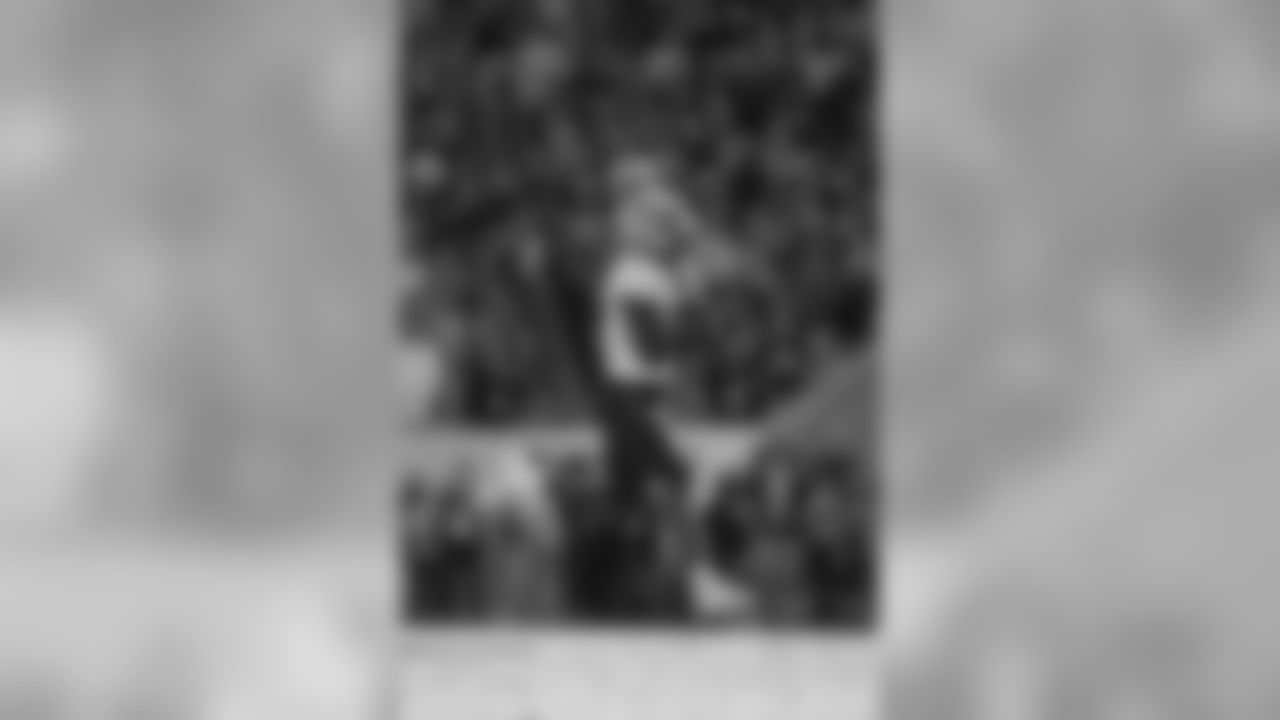
TAMPA, FL - JANUARY 01, 2020 - Wide Receiver Tyler Johnson #6 during the 2020 Outback Bowl game between the Minnesota Golden Gophers and Auburn Tigers at Raymond James Stadium. Photo By Kyle Zedaker/Tampa Bay Buccaneers
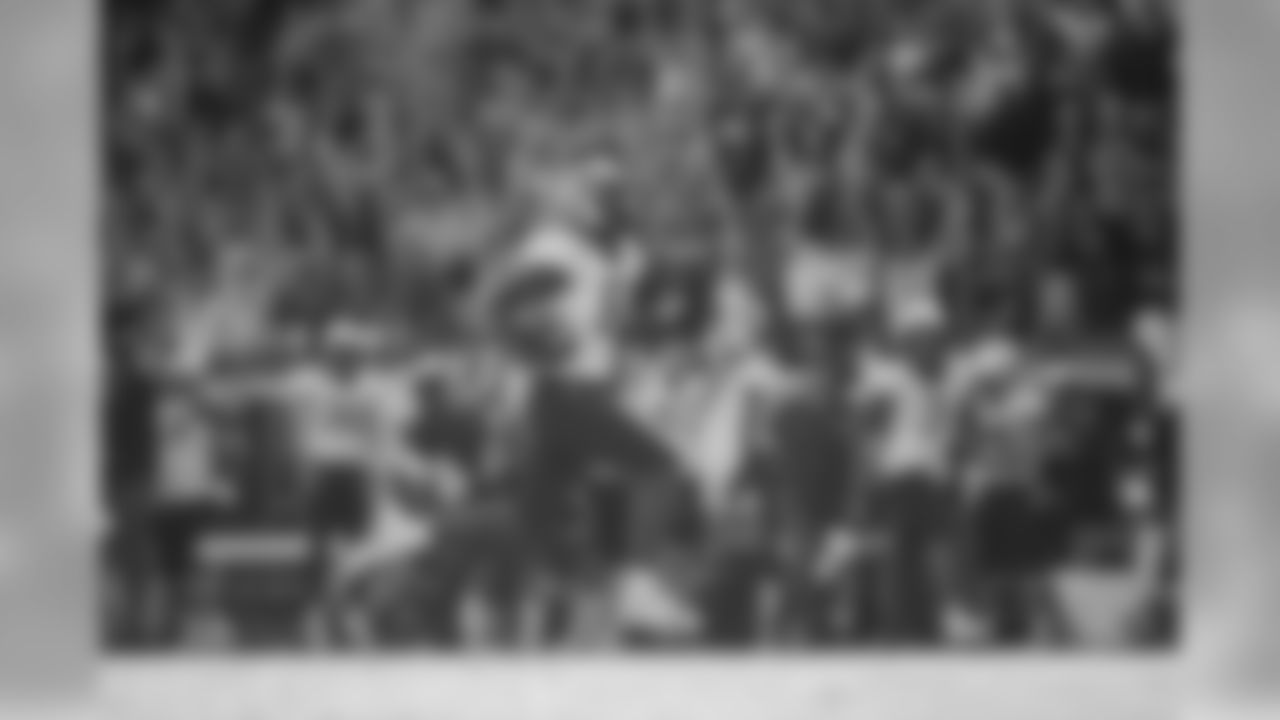
TAMPA, FL - JANUARY 01, 2020 - Wide Receiver Tyler Johnson #6 during the 2020 Outback Bowl game between the Minnesota Golden Gophers and Auburn Tigers at Raymond James Stadium. Photo By Kyle Zedaker/Tampa Bay Buccaneers
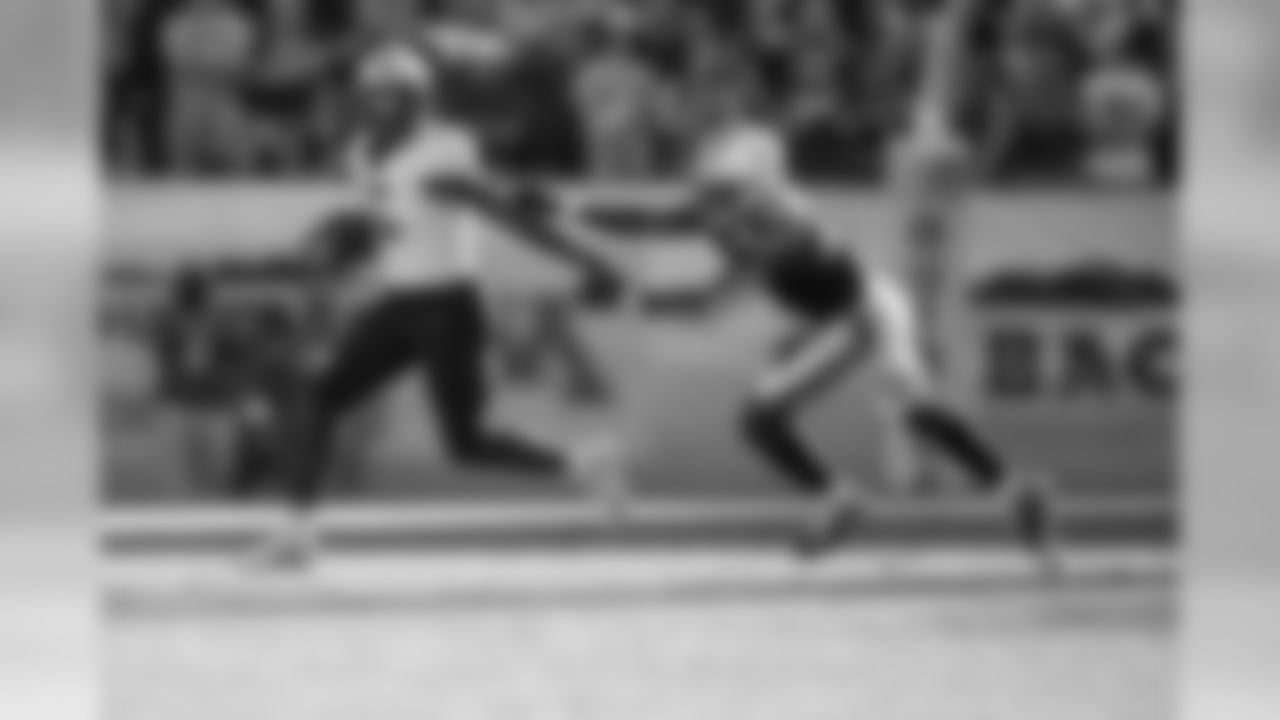
TAMPA, FL - JANUARY 01, 2020 - Wide Receiver Tyler Johnson #6 during the 2020 Outback Bowl game between the Minnesota Golden Gophers and Auburn Tigers at Raymond James Stadium. Photo By Kyle Zedaker/Tampa Bay Buccaneers
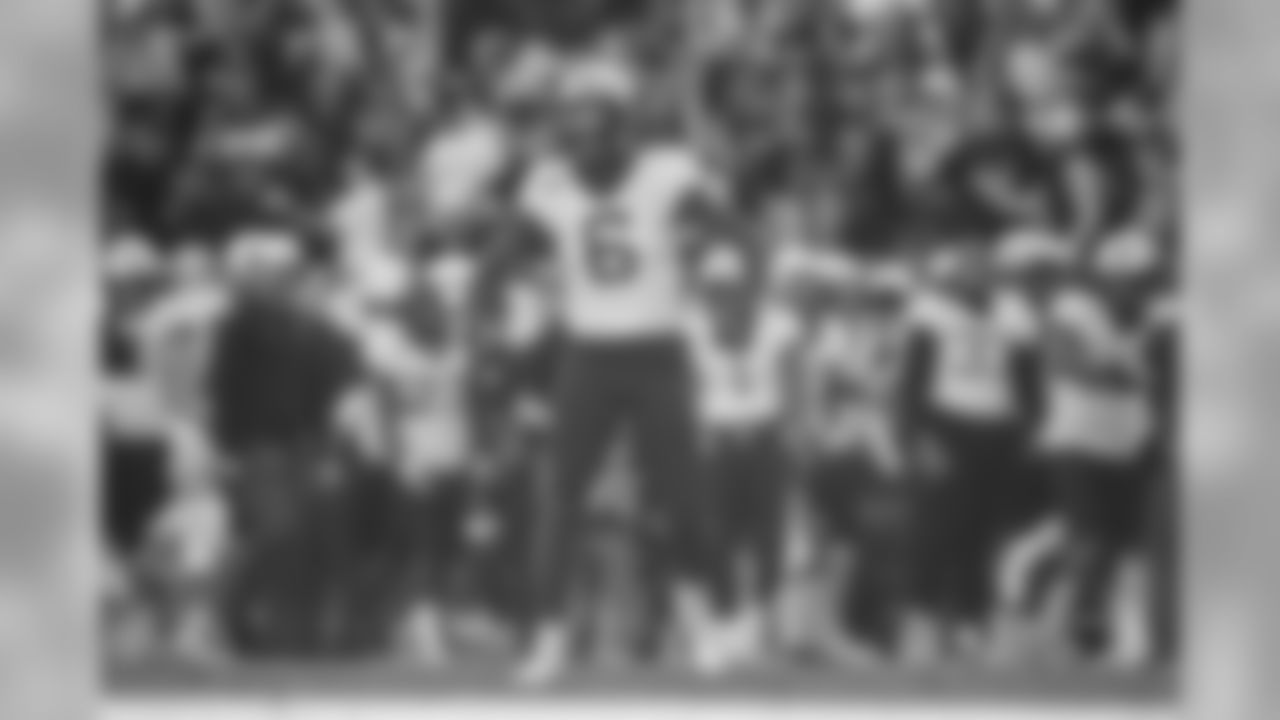
TAMPA, FL - JANUARY 01, 2020 - Wide Receiver Tyler Johnson #6 during the 2020 Outback Bowl game between the Minnesota Golden Gophers and Auburn Tigers at Raymond James Stadium. Photo By Kyle Zedaker/Tampa Bay Buccaneers
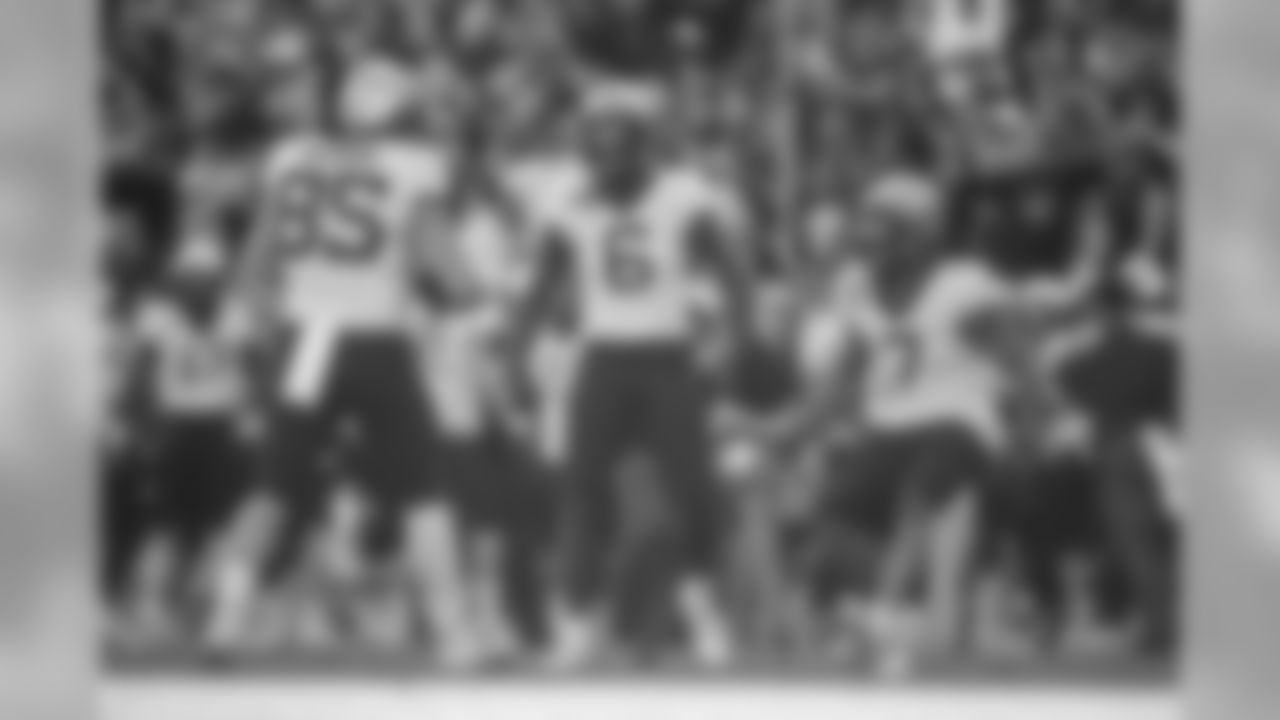
TAMPA, FL - JANUARY 01, 2020 - Wide Receiver Tyler Johnson #6 during the 2020 Outback Bowl game between the Minnesota Golden Gophers and Auburn Tigers at Raymond James Stadium. Photo By Kyle Zedaker/Tampa Bay Buccaneers
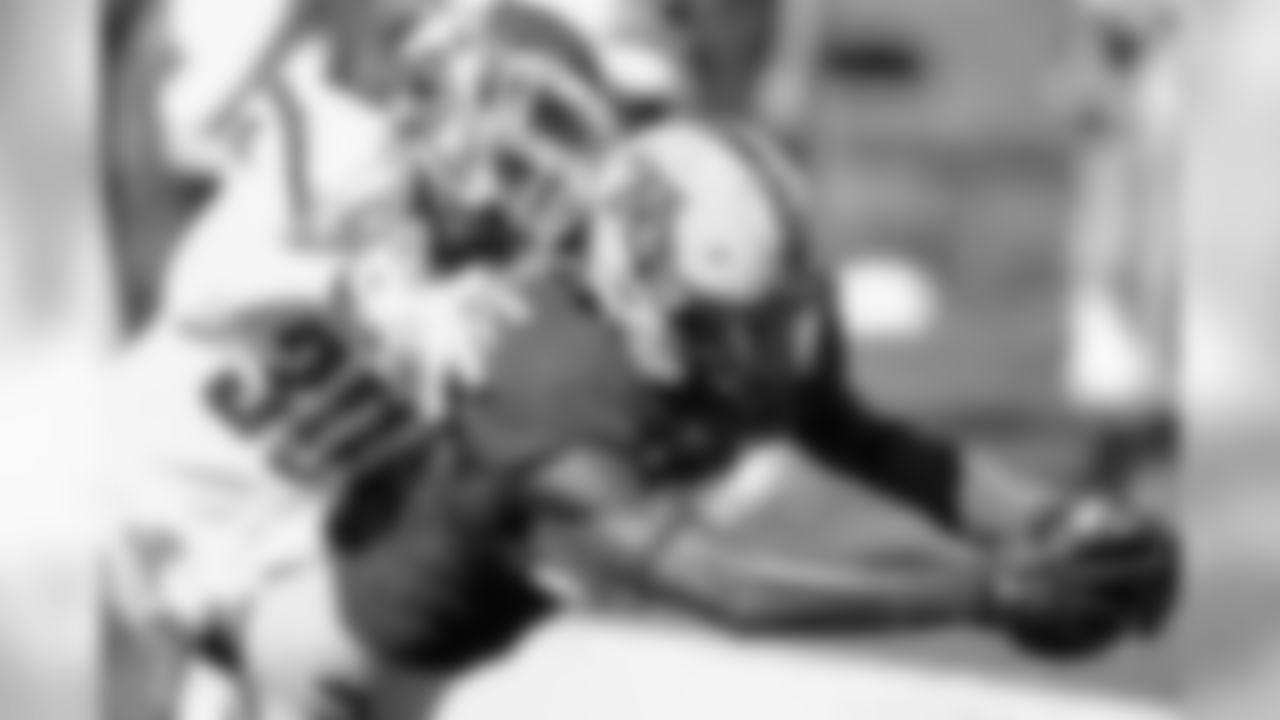
Minnesota wide receiver Tyler Johnson reaches over the goal line for a touchdown beyond the defense of Indiana State defensive back Kevin Beacham in the second quarter of an NCAA college football game Saturday, Sept. 10, 2016, in Minneapolis. (AP Photo/Bruce Kluckhohn)
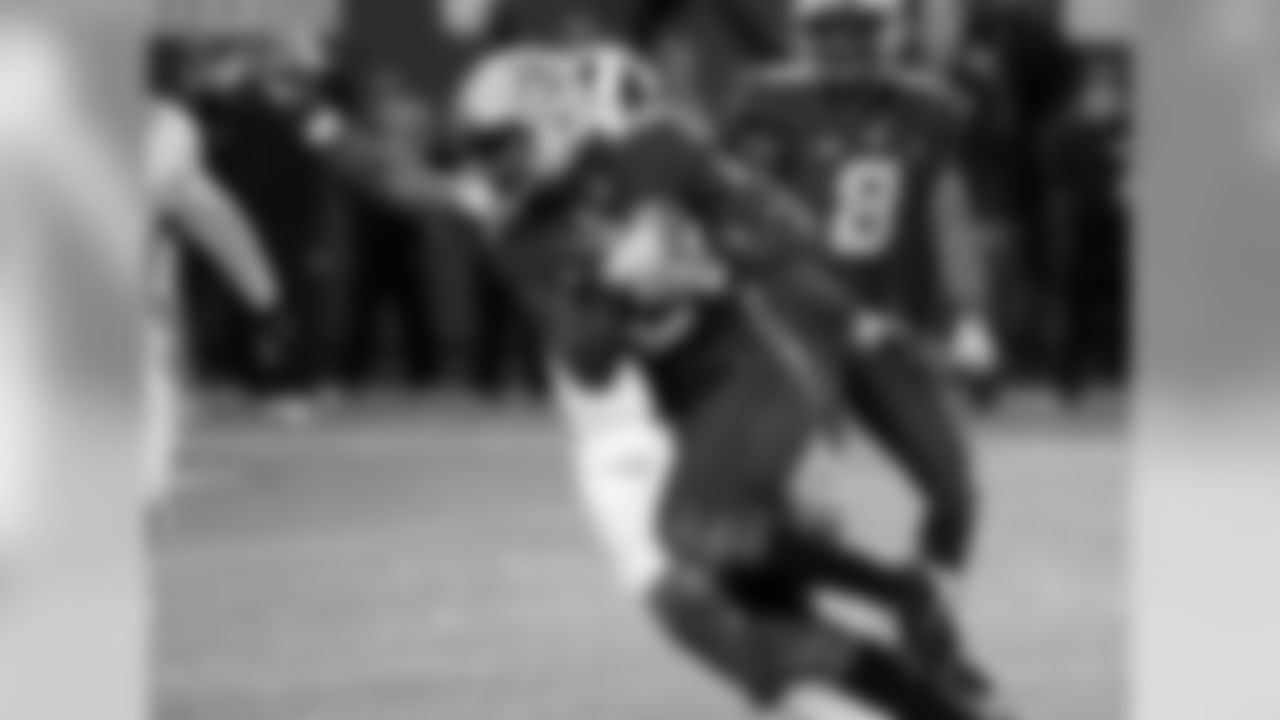
Minnesota wide receiver Tyler Johnson (6) scores a touchdown against Michigan State during the fourth quarter of an NCAA college football game Saturday, Oct. 14, 2017, in Minneapolis. Michigan State defeated Minnesota 30-27. (AP Photo/Andy Clayton-King)
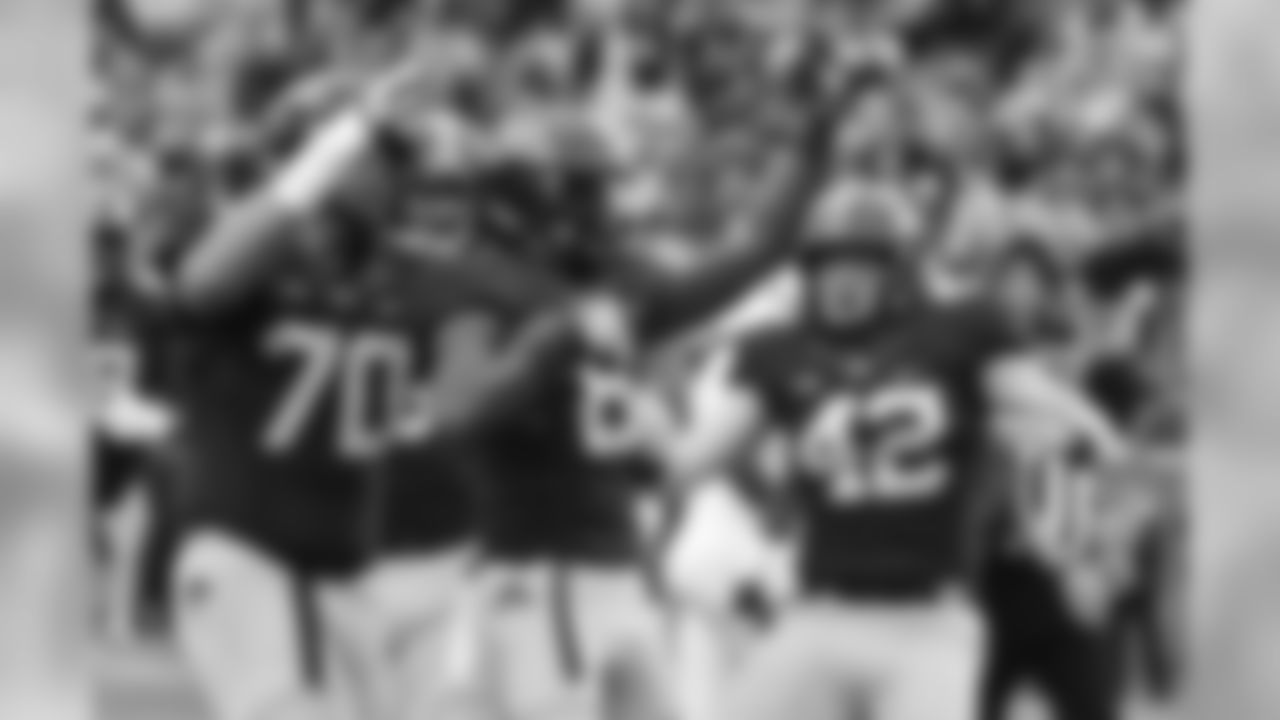
Minnesota wide receiver Tyler Johnson celebrates his 8 yard touchdown reception against Illinois in the first half of an NCAA college football game, Saturday, Oct 21, 2017, in Minneapolis. (AP Photo/John Autey)
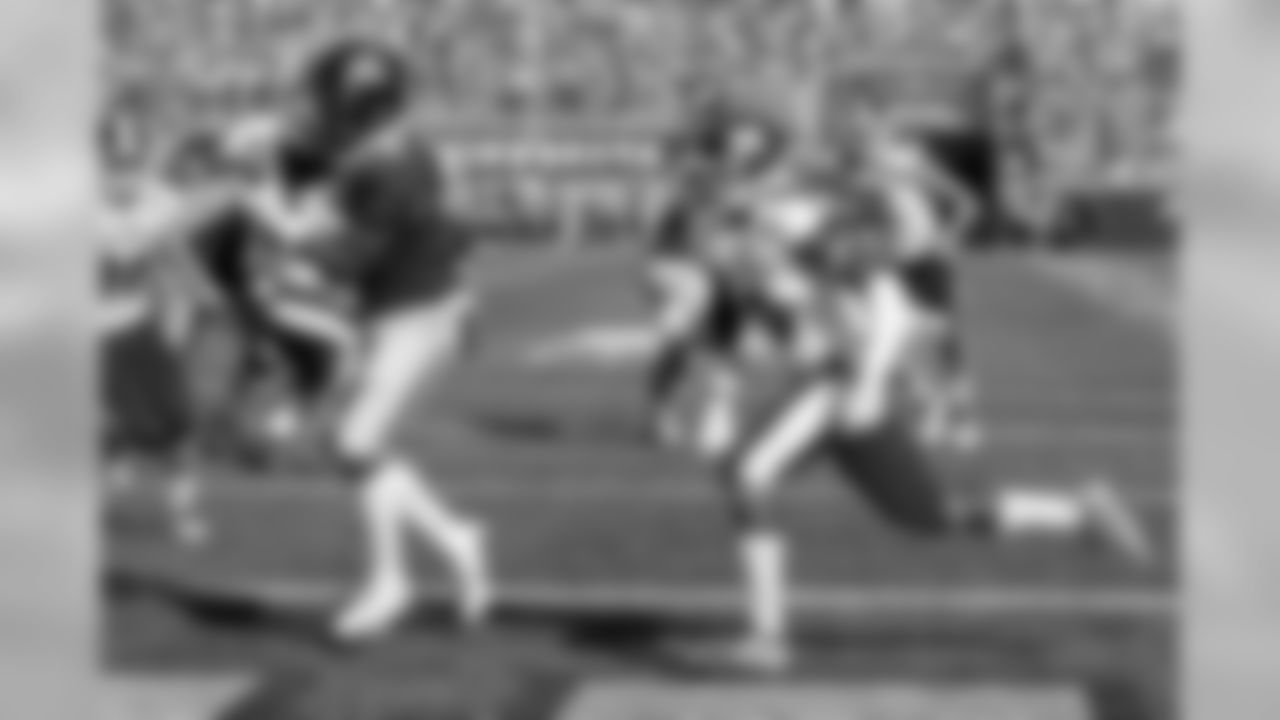
Minnesota wide receiver Tyler Johnson, left, catches a pass for a touchdown in front of Miami (Ohio) defensive back Travion Banks in the first half of an NCAA football game Saturday, Sept. 15, 2018, in Minneapolis. (AP Photo/Bruce Kluckhohn)
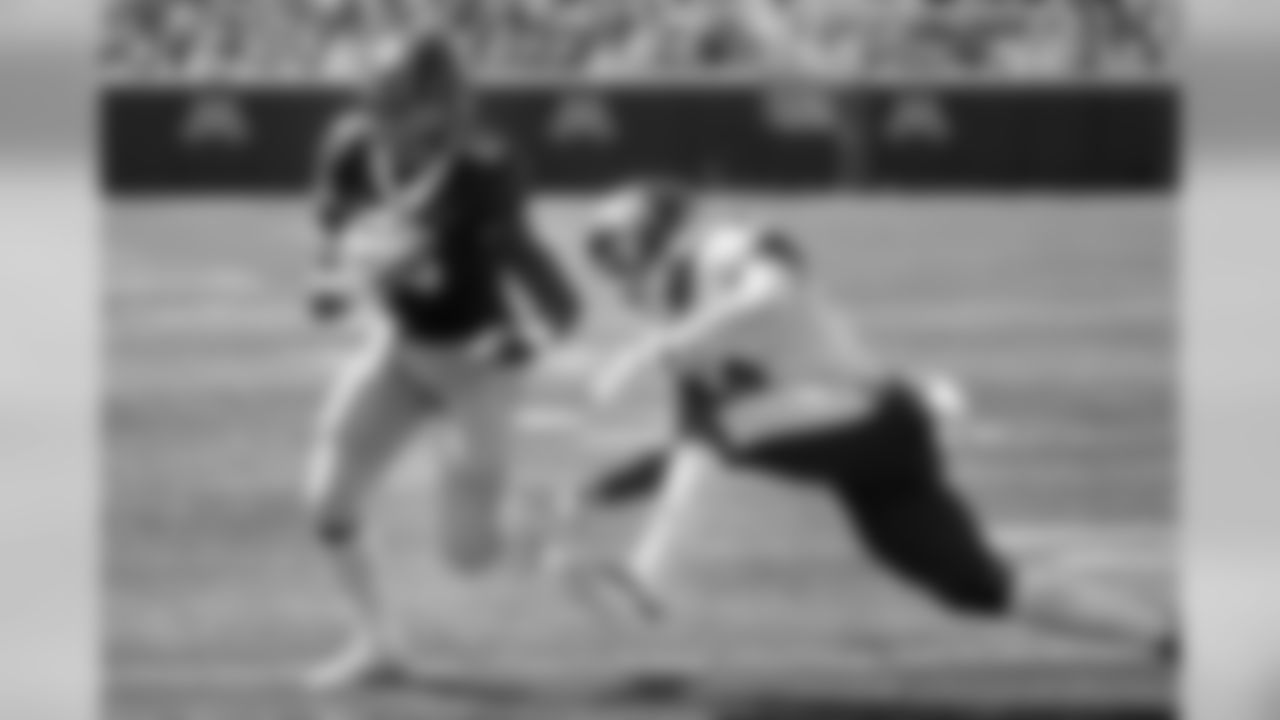
Minnesota wide receiver Tyler Johnson, left, gets past Miami (Ohio) defensive back Joshua Allen for a touchdown in the first half of an NCAA football game Saturday, Sept. 15, 2018, in Minneapolis. (AP Photo/Bruce Kluckhohn)

Minnesota wide receiver Tyler Johnson gets past Miami (Ohio) defenders for a touchdown in the first half of an NCAA football game Saturday, Sept. 15, 2018, in Minneapolis. Minnesota won 26-3. (AP Photo/Bruce Kluckhohn)
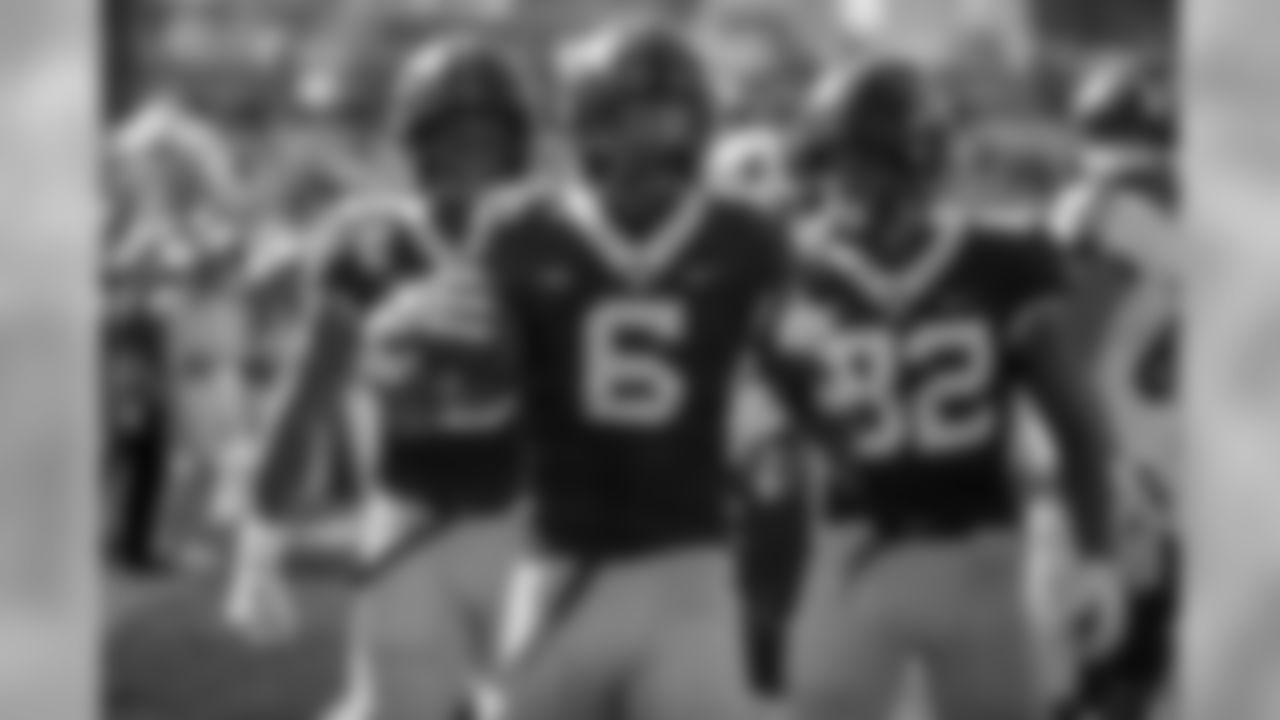
Minnesota wide receiver Tyler Johnson celebrates his touchdown against Miami (Ohio) in the first half of an NCAA football game Saturday, Sept. 15, 2018, in Minneapolis. Minnesota won 26-3. (AP Photo/Bruce Kluckhohn)
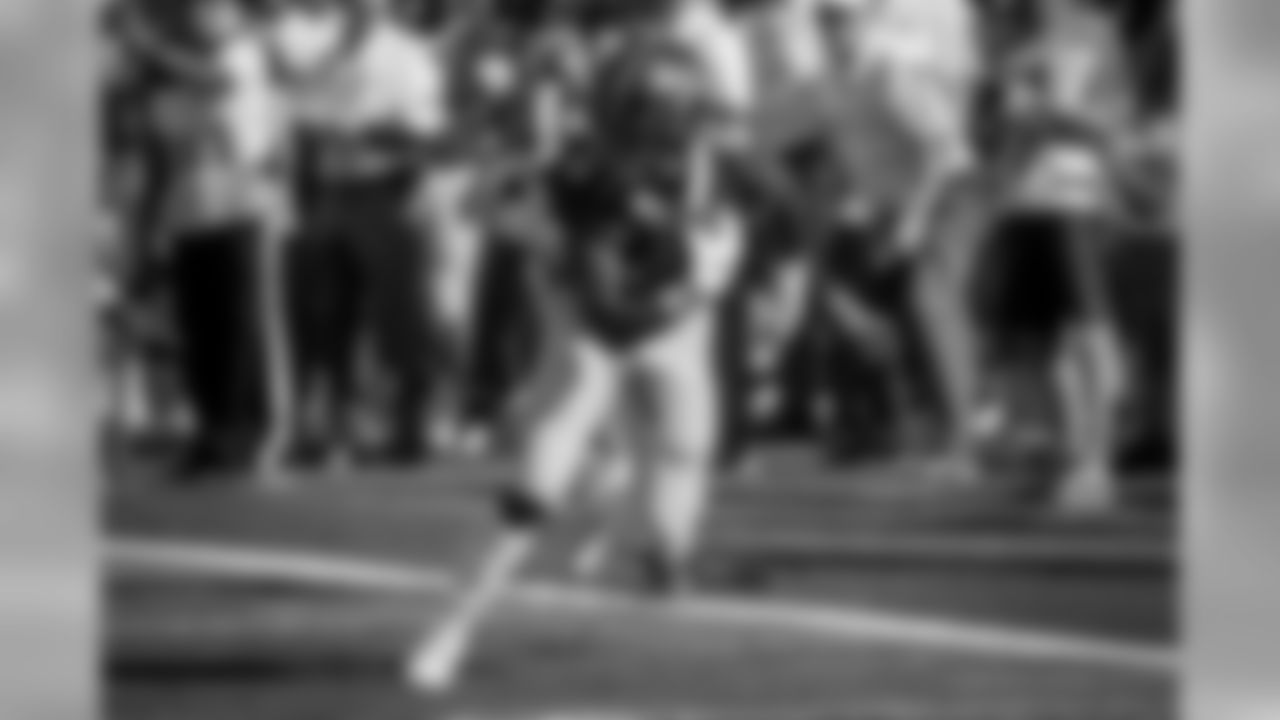
Minnesota wide receiver Tyler Johnson catches a pass against Miami (Ohio) in the first half of an NCAA football game Saturday, Sept. 15, 2018, in Minneapolis. Minnesota won 26-3. (AP Photo/Bruce Kluckhohn)
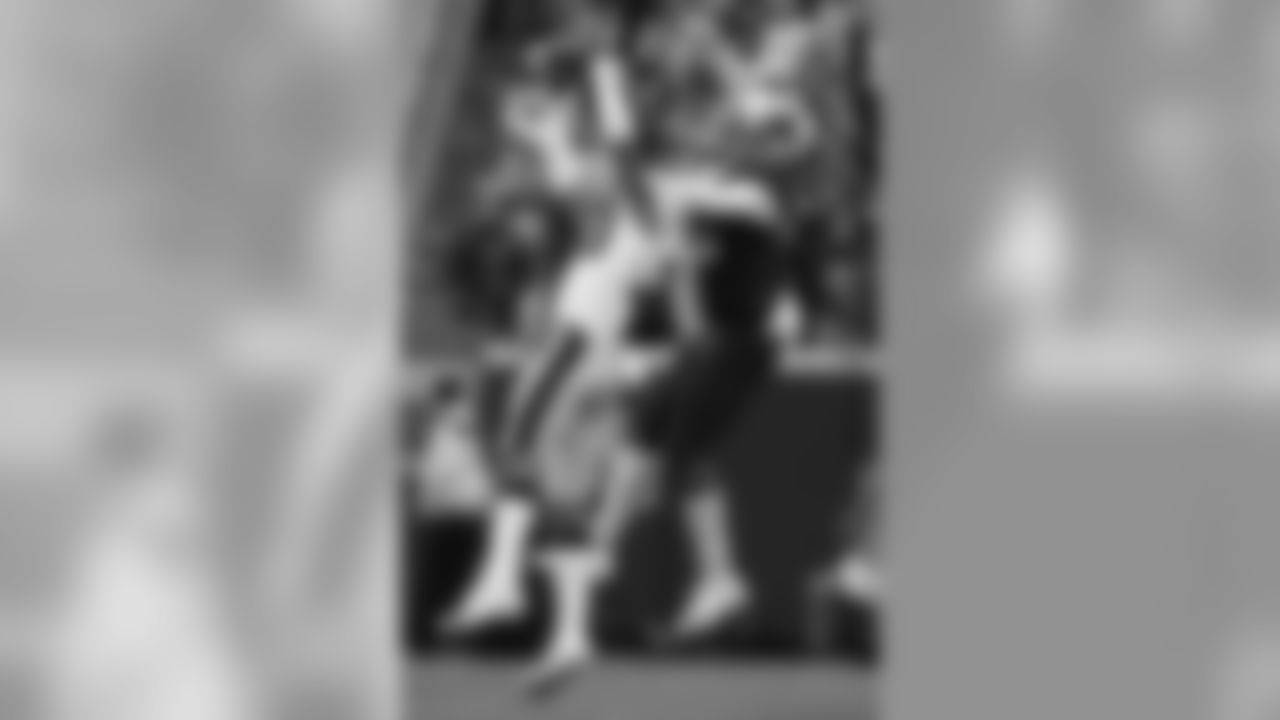
Iowa's Julius Brents intercepts the ball intended for Minnesota wide receiver Tyler Johnson during an NCAA college football game Saturday, Oct. 6, 2018, in Minneapolis. Iowa won 48-31. (AP Photo/Stacy Bengs)
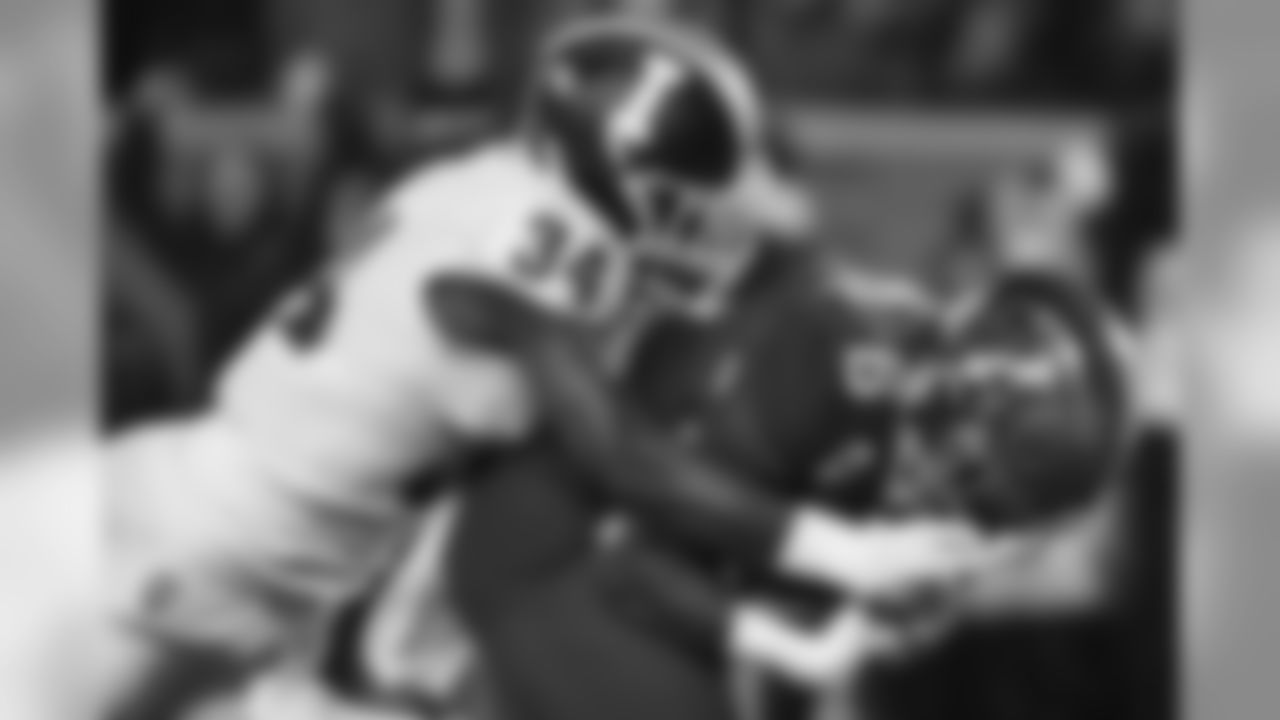
Indiana's Cam Jones tries to tackle Minnesota wide receiver Tyler Johnson during an NCAA college football game Friday, Oct. 26, 2018, in Minneapolis. (AP Photo/Stacy Bengs)
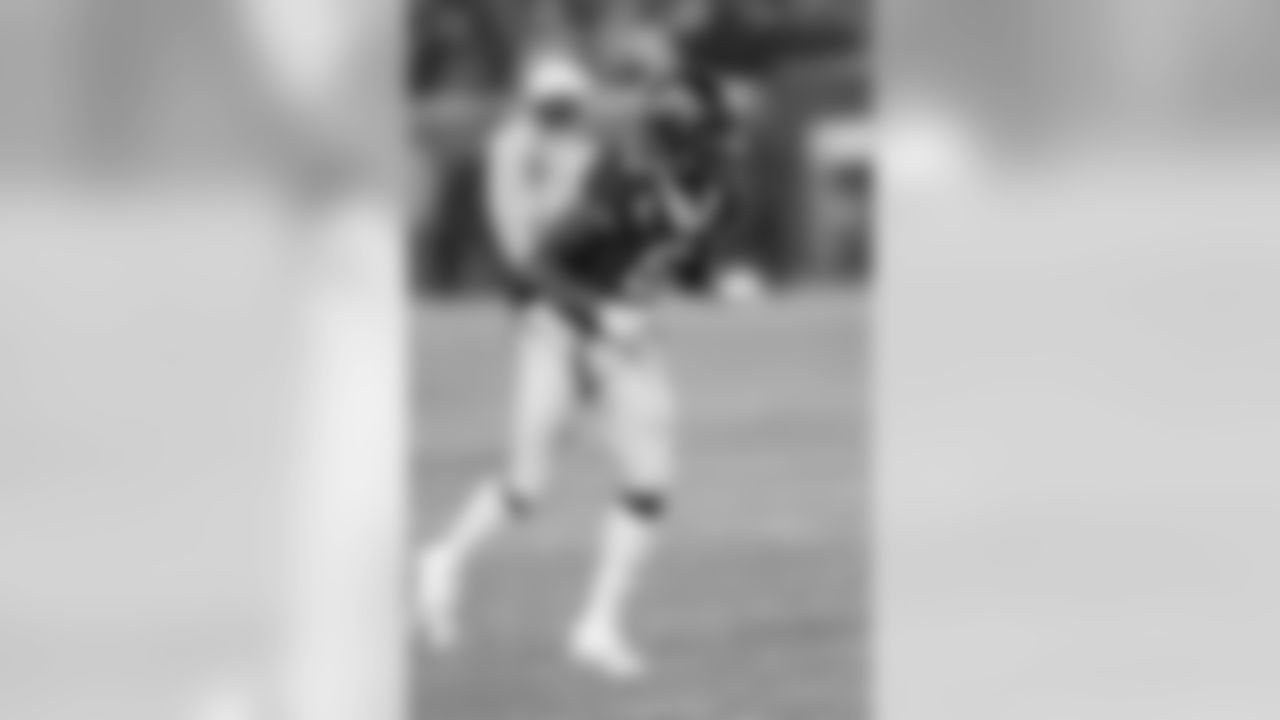
Minnesota's Tyler Johnson against Purdue in the second half of a NCAA college football game Saturday, Nov. 10, 2018, in Minneapolis. (AP Photo/Andy Clayton-King)
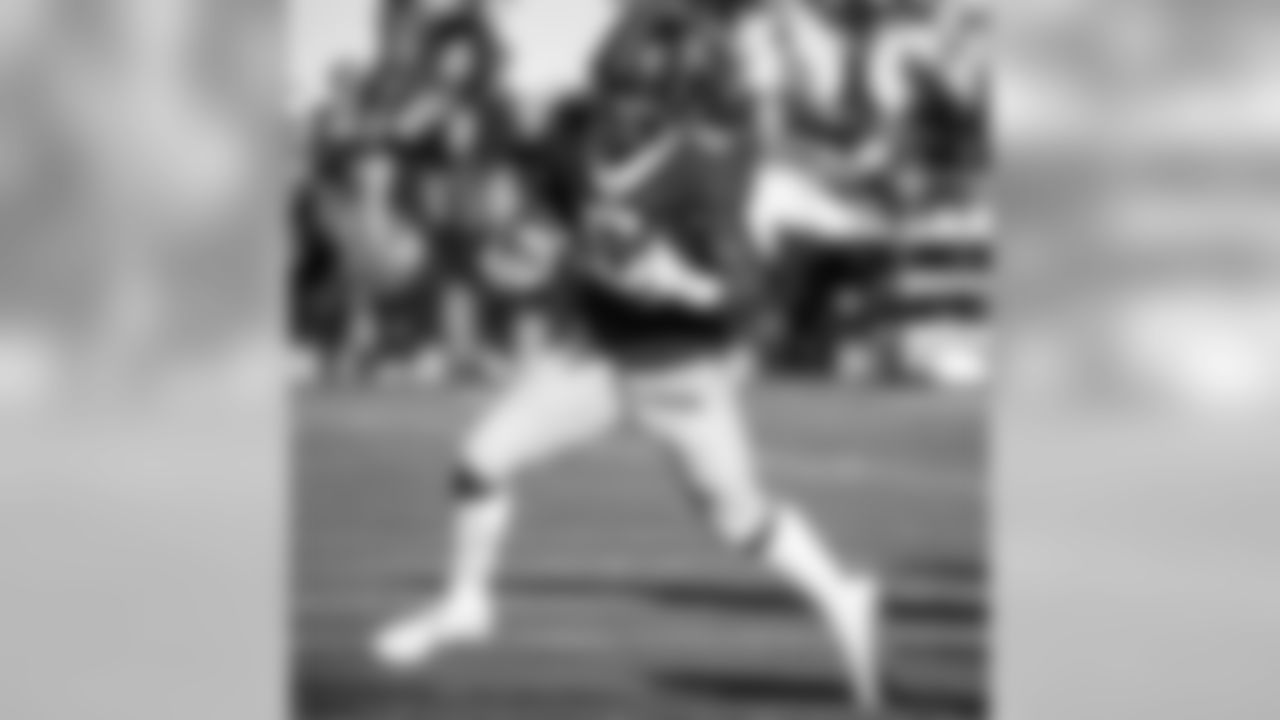
FILE - In this Sept. 15, 2018, file photo, Minnesota wide receiver Tyler Johnson catches a pass against Miami (Ohio) in the second half of an NCAA football game, in Minneapolis. Northwestern plays this week at Minnesota, where the Gophers need one more win for bowl-game eligibility.(AP Photo/Bruce Kluckhohn, File)
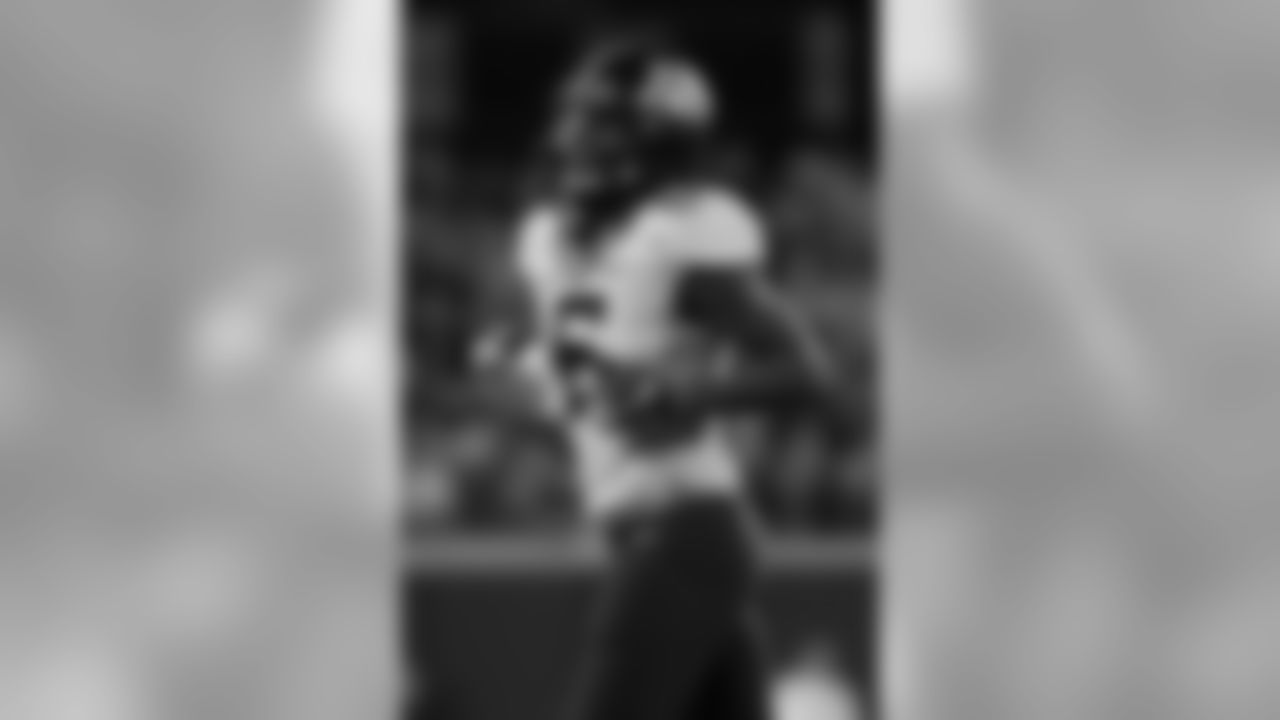
Minnesota wide receiver Tyler Johnson (6) against South Dakota State during an NCAA college football game Thursday, Aug. 29, 2019, in Minneapolis. (AP Photo/Stacy Bengs)
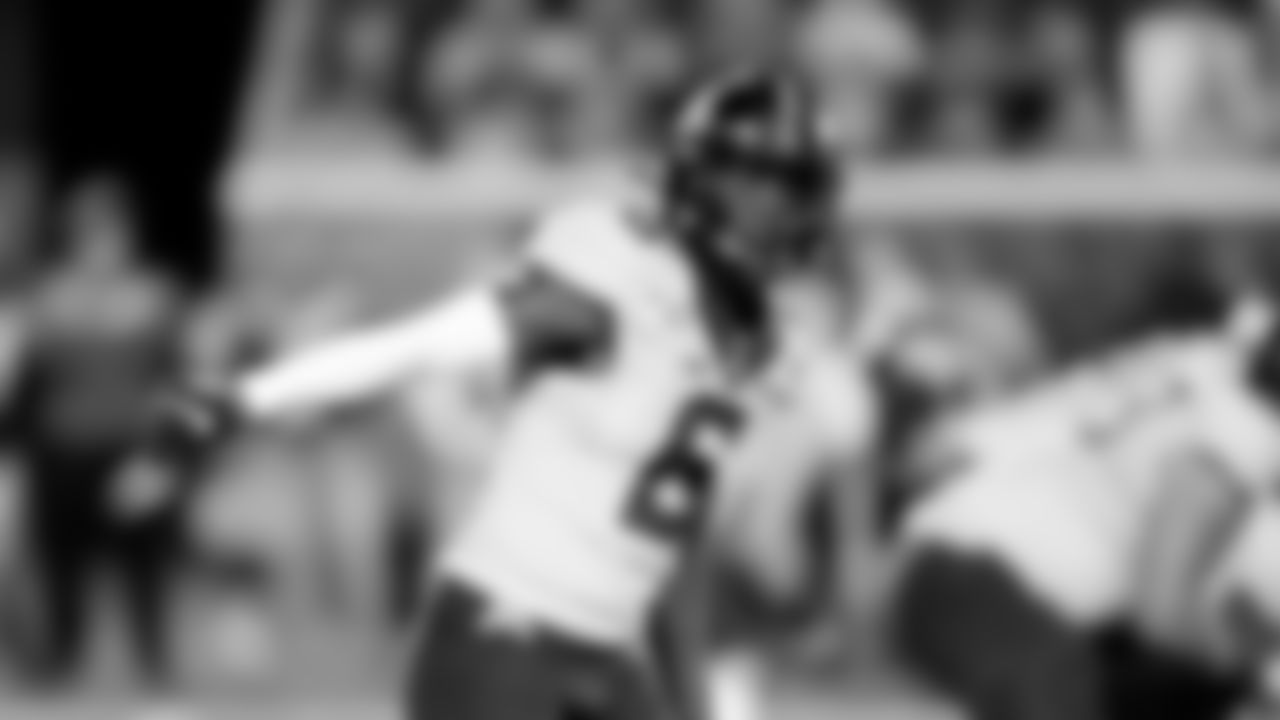
Minnesota wide receiver Tyler Johnson during an NCAA football game against South Dakota State Thursday, Aug. 29, 2019 in Minneapolis. (AP Photo/Andy Clayton- King)
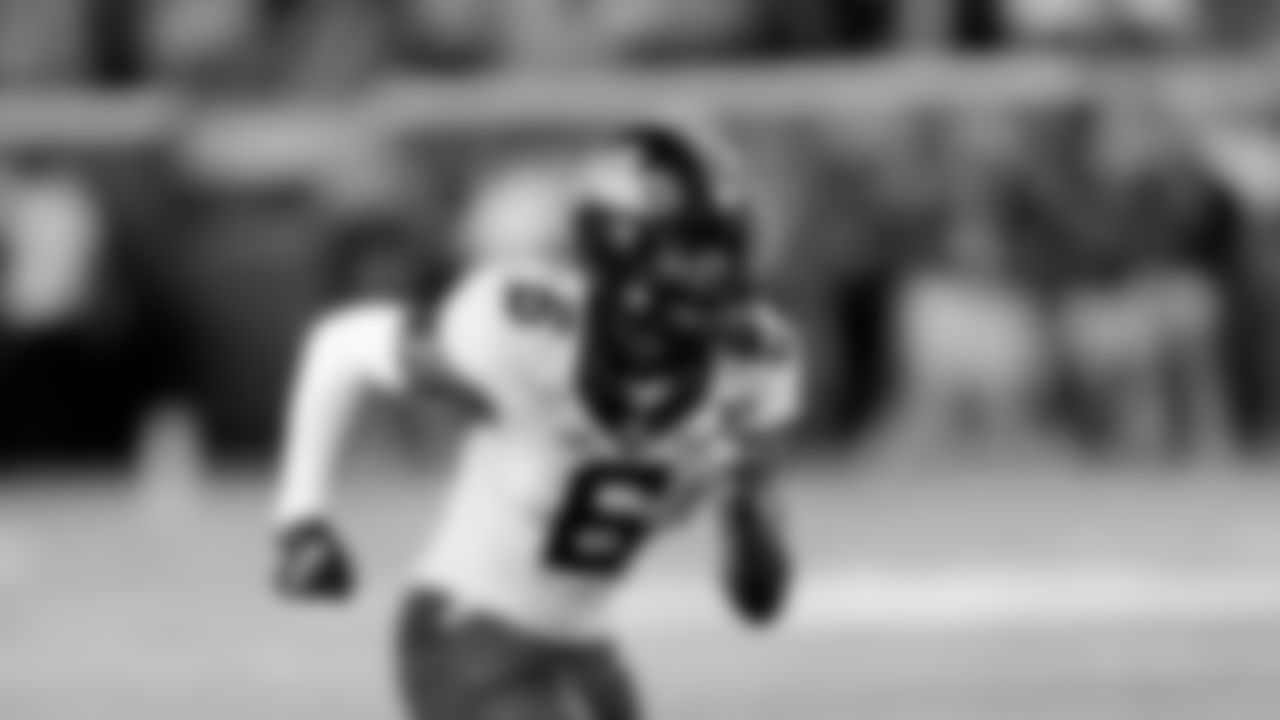
Minnesota wide receiver Tyler Johnson during an NCAA football game against South Dakota State Thursday, Aug. 29, 2019 in Minneapolis. (AP Photo/Andy Clayton- King)
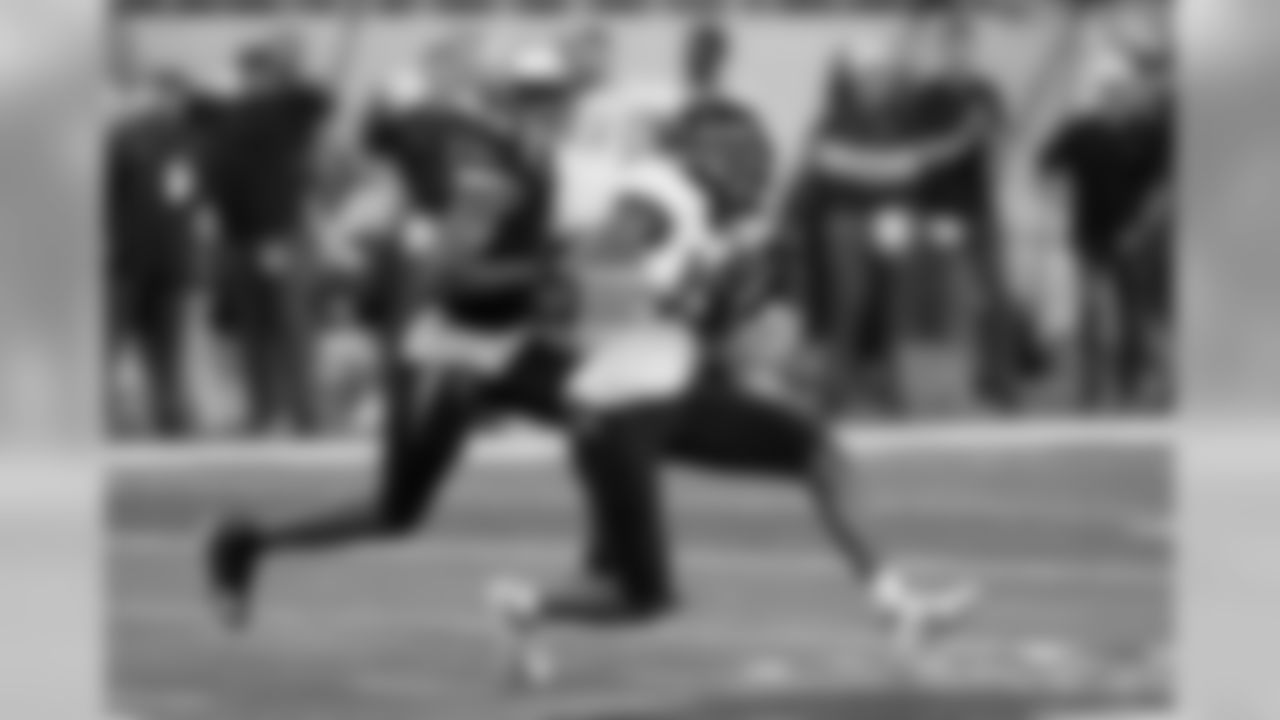
FILE - In this Dec. 26, 2018, file photo, Minnesota wide receiver Rashod Bateman (13) is chased by Georgia Tech defensive back Lamont Simmons during the first half of the Quick Lane Bowl NCAA college football game in Detroit. Tyler Johnson has the most polished credentials for Minnesota, but Bateman has quickly emerged from a deep group of wide receivers as more than just a sidekick. The Gophers play Georgia Southern this week, a school about three hours from Bateman's hometown. (AP Photo/Carlos Osorio, File)

Minnesota wide receiver Tyler Johnson (6) catches a pass for a touchdown in front of Georgia Southern cornerback Monquavion Brinson (4) in the fourth quarter of an NCAA college football game Saturday, Sept. 14, 2019, in Minneapolis. (AP Photo/Bruce Kluckhohn)
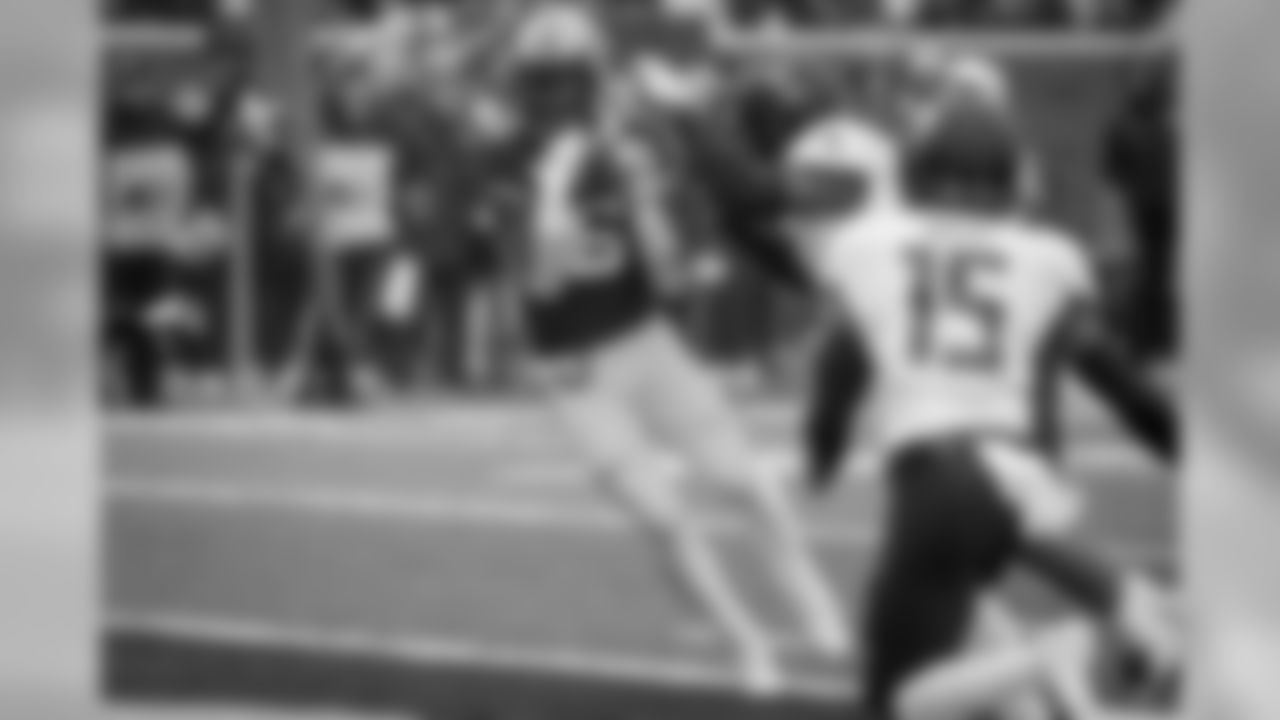
Minnesota wide receiver Tyler Johnson (6) catches a pass for a touchdown as Illinois linebacker Dele Harding (9) tries to stop him in the second quarter at an NCAA college football game Saturday, Oct. 5, 2019, in Minneapolis. (AP Photo/Bruce Kluckhohn)
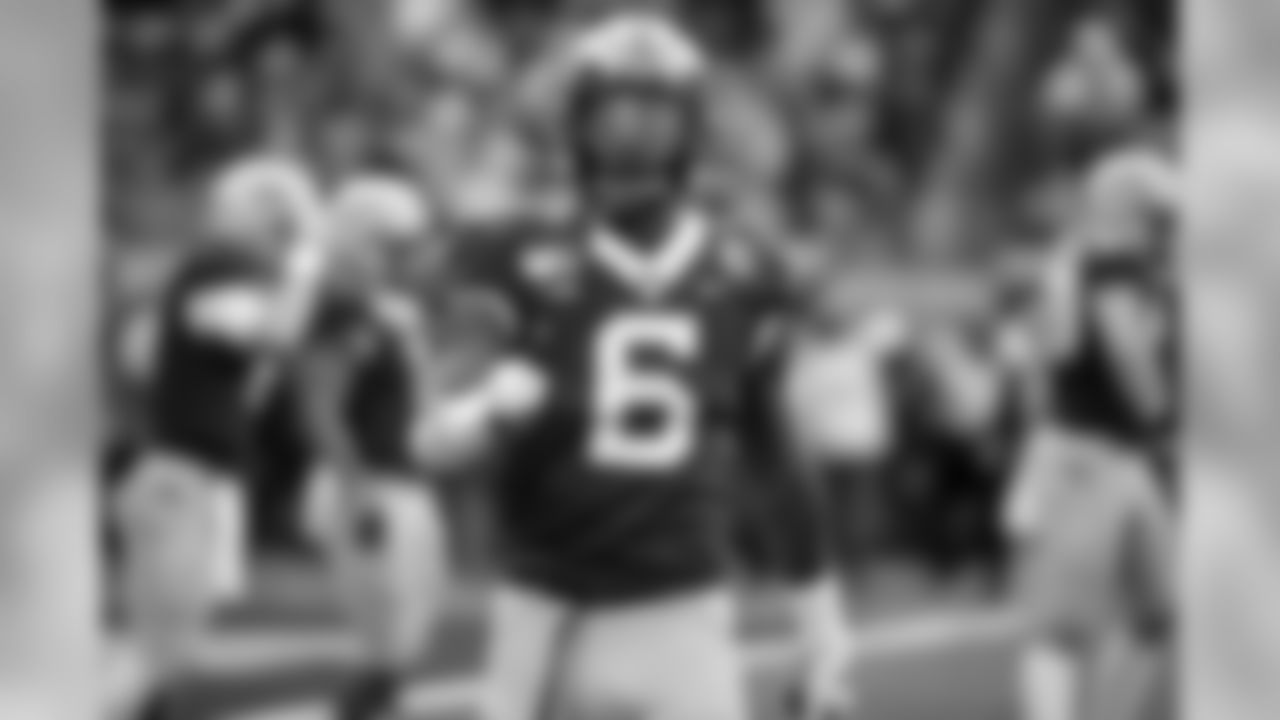
Minnesota wide receiver Tyler Johnson checks with an official as he lines up against Illinois in the third quarter at an NCAA college football game Saturday, Oct. 5, 2019, in Minneapolis. (AP Photo/Bruce Kluckhohn)
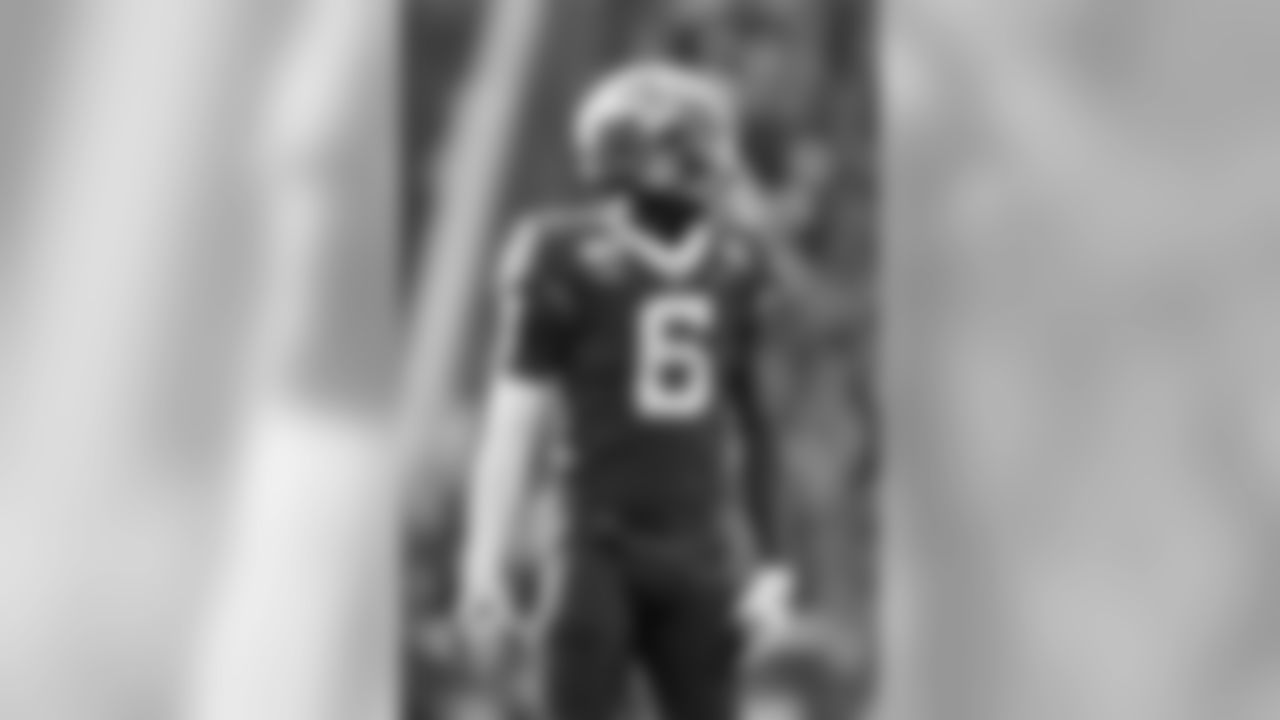
Minnesota wide receiver Tyler Johnson (6) during an NCAA college football game against Maryland, Saturday, Oct. 26, 2019, in Minneapolis. Minnesota won 52-10. (AP Photo/Stacy Bengs)
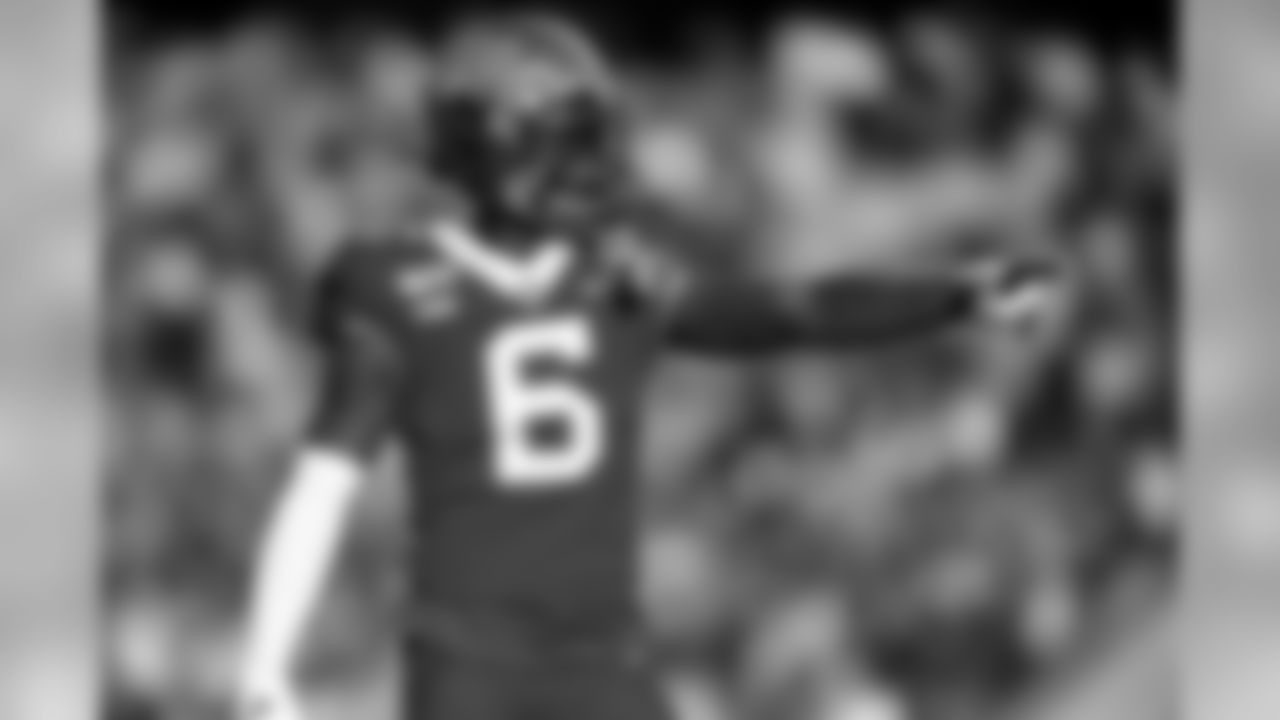
Minnesota wide receiver Tyler Johnson (6) during an NCAA college football game against Maryland, Saturday, Oct. 26, 2019, in Minneapolis. Minnesota won 52-10. (AP Photo/Stacy Bengs)
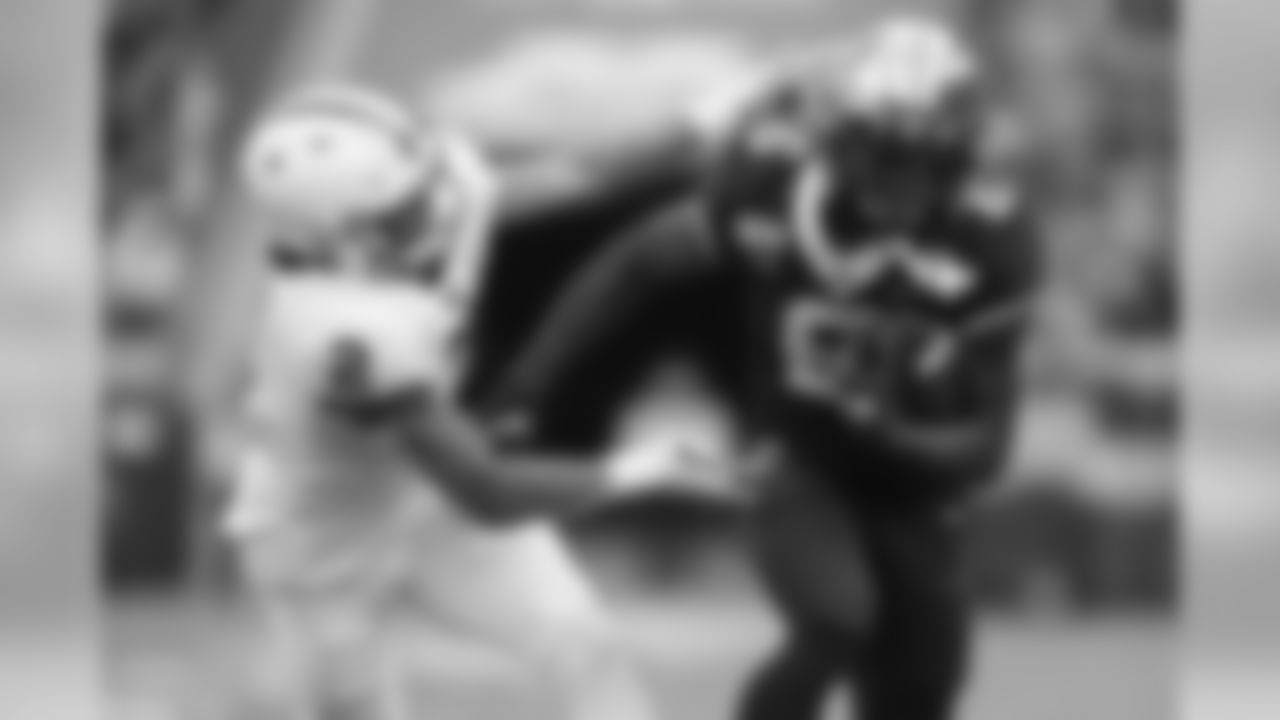
Minnesota wide receiver Tyler Johnson (6) holds onto the ball against Penn State cornerback Keaton Ellis (2) during an NCAA college football game, Saturday, Nov. 9, 2019, in Minneapolis. (AP Photo/Stacy Bengs)
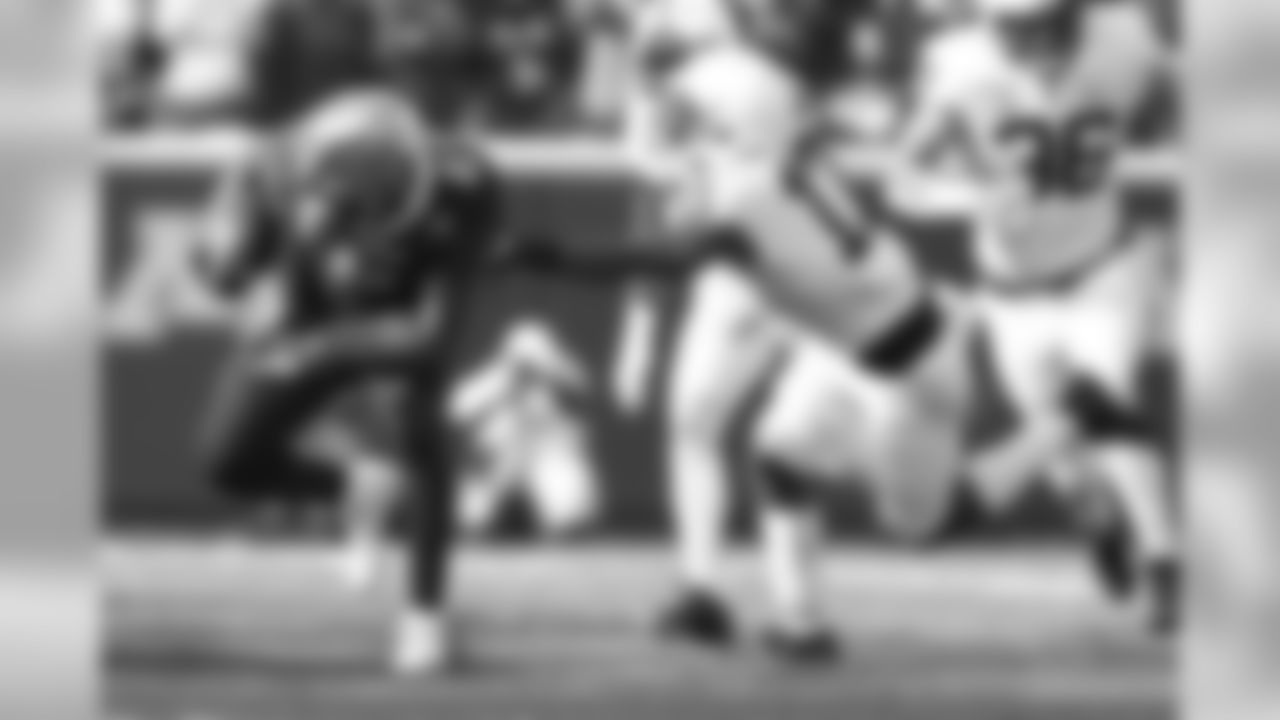
Minnesota wide receiver Tyler Johnson (6) escapes a tackle from Penn State safety Garrett Taylor (17) during an NCAA college football game, Saturday, Nov. 9, 2019, in Minneapolis. (AP Photo/Stacy Bengs)
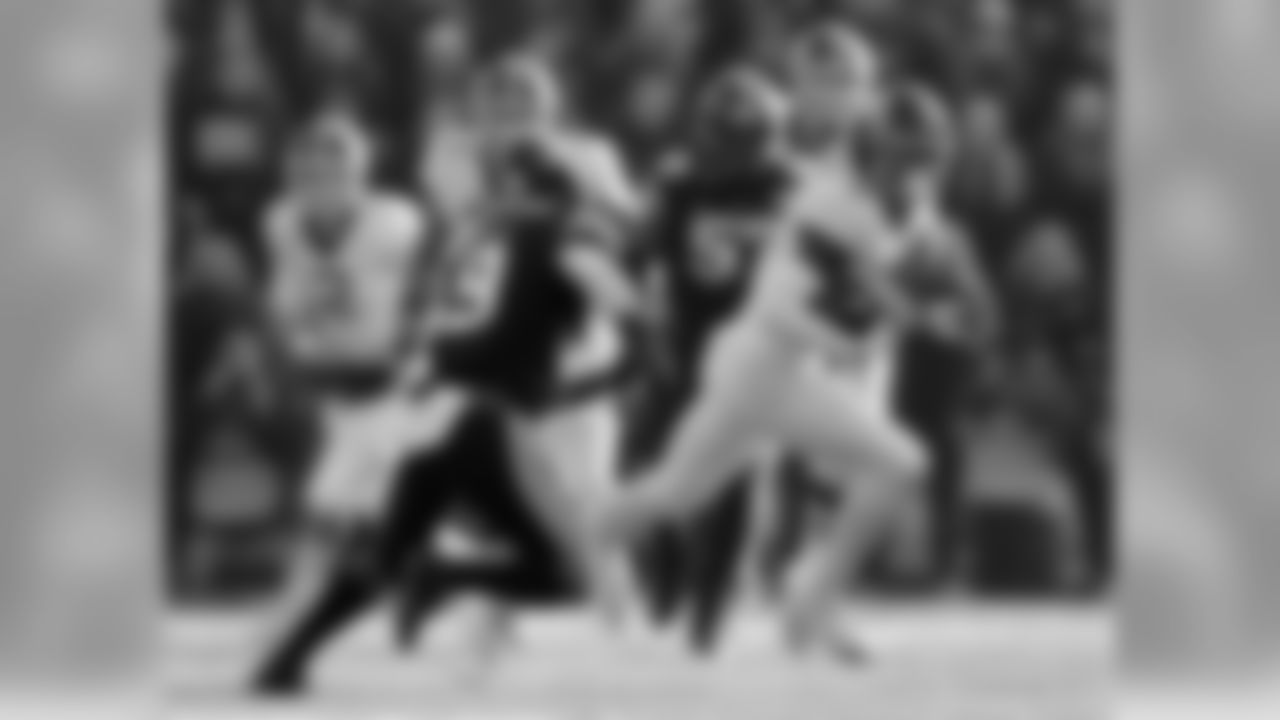
Iowa defensive back Geno Stone, left, chases down Minnesota wide receiver Tyler Johnson, right, during the first half of an NCAA college football game, Saturday, Nov. 16, 2019, in Iowa City, Iowa. (AP Photo/Matthew Putney)

Minnesota wide receiver Tyler Johnson (6) catches a touchdown pass over Northwestern cornerback Cam Ruiz (18) during the second half of an NCAA football game Saturday, Nov. 23, 2019, in Evanston, Ill. Minnesota won 38-22. (AP Photo/Paul Beaty)
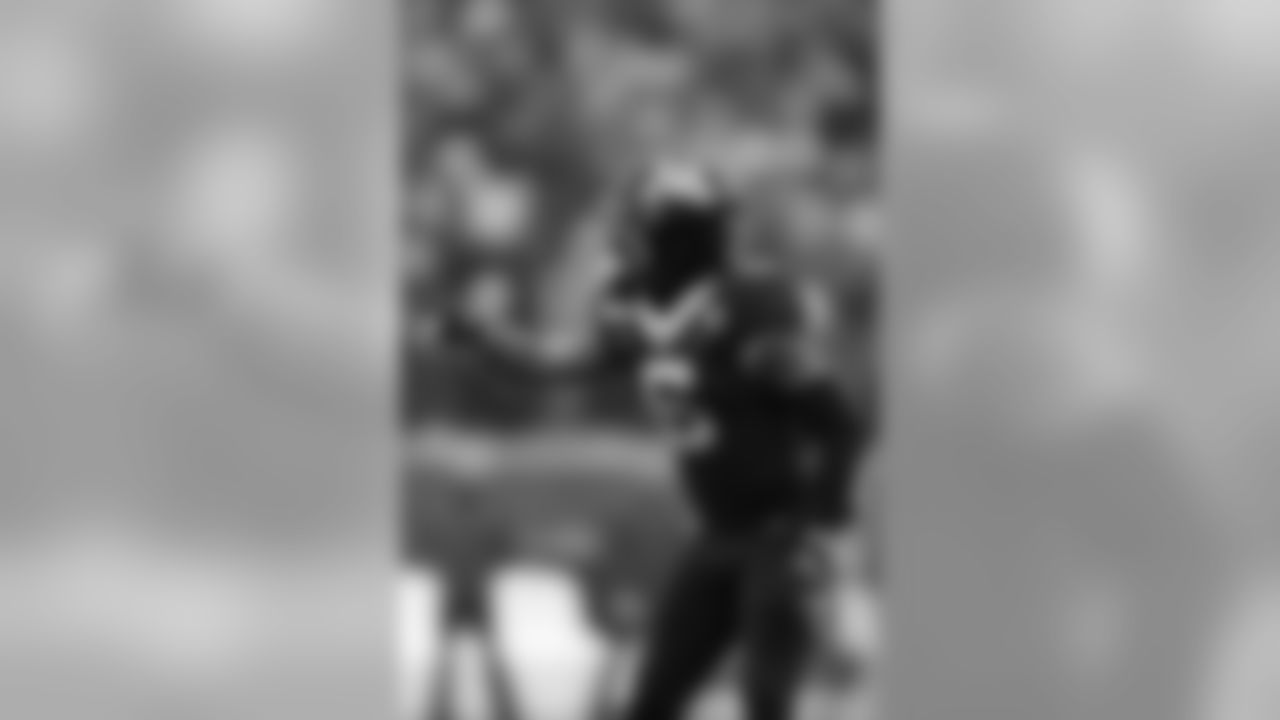
Minnesota wide receiver Tyler Johnson (6) during an NCAA college football game against Wisconsin, Saturday, Nov. 30, 2019, in Minneapolis. Wisconsin won 38-17. (AP Photo/Stacy Bengs)
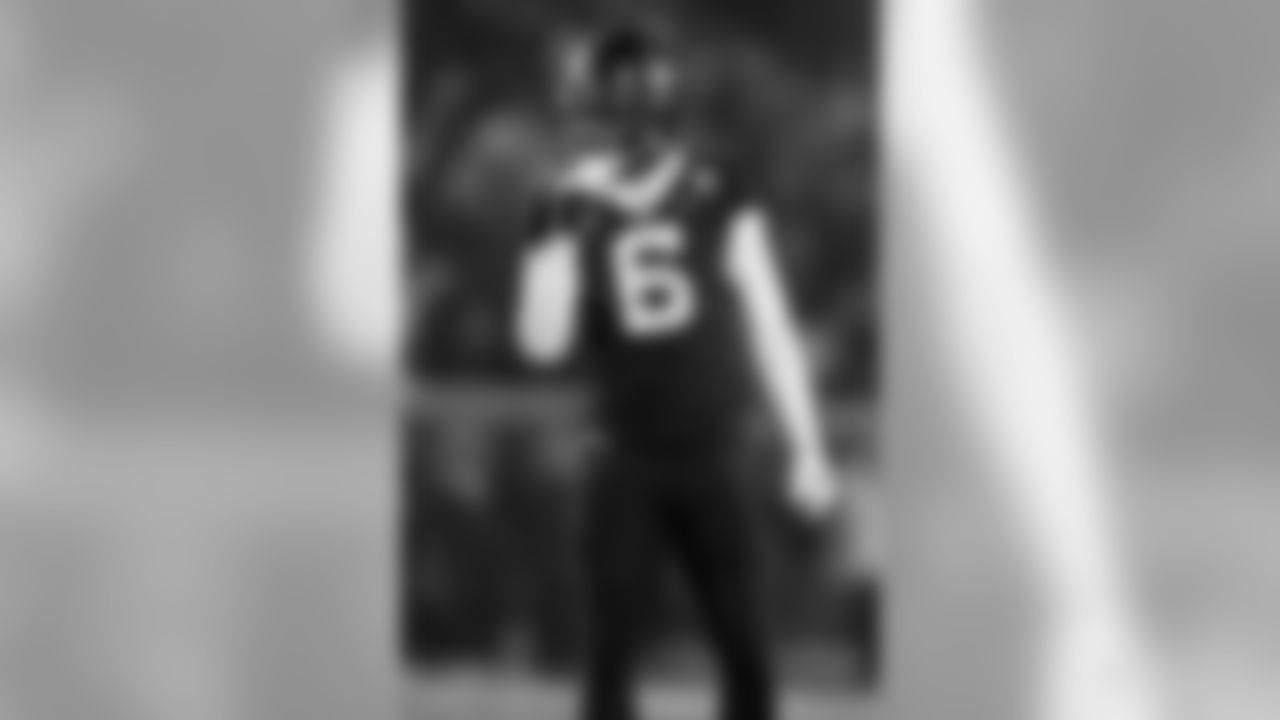
Minnesota wide receiver Tyler Johnson (6) during an NCAA college football game against Wisconsin, Saturday, Nov. 30, 2019, in Minneapolis. Wisconsin won 38-17. (AP Photo/Stacy Bengs)
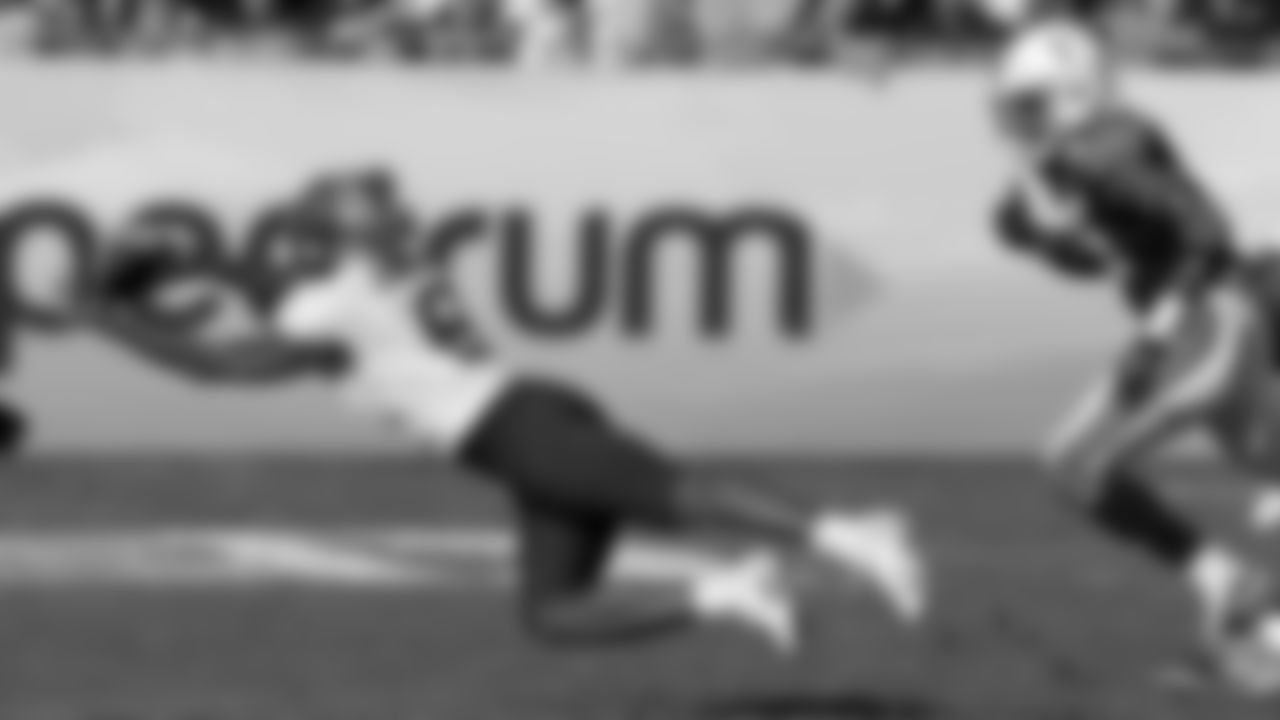
Minnesota wide receiver Tyler Johnson (6) makes a diving catch in front of Auburn defensive back Jordyn Peters (15) during the second half of the Outback Bowl NCAA college football game Wednesday, Jan. 1, 2020, in Tampa, Fla. (AP Photo/Chris O'Meara)
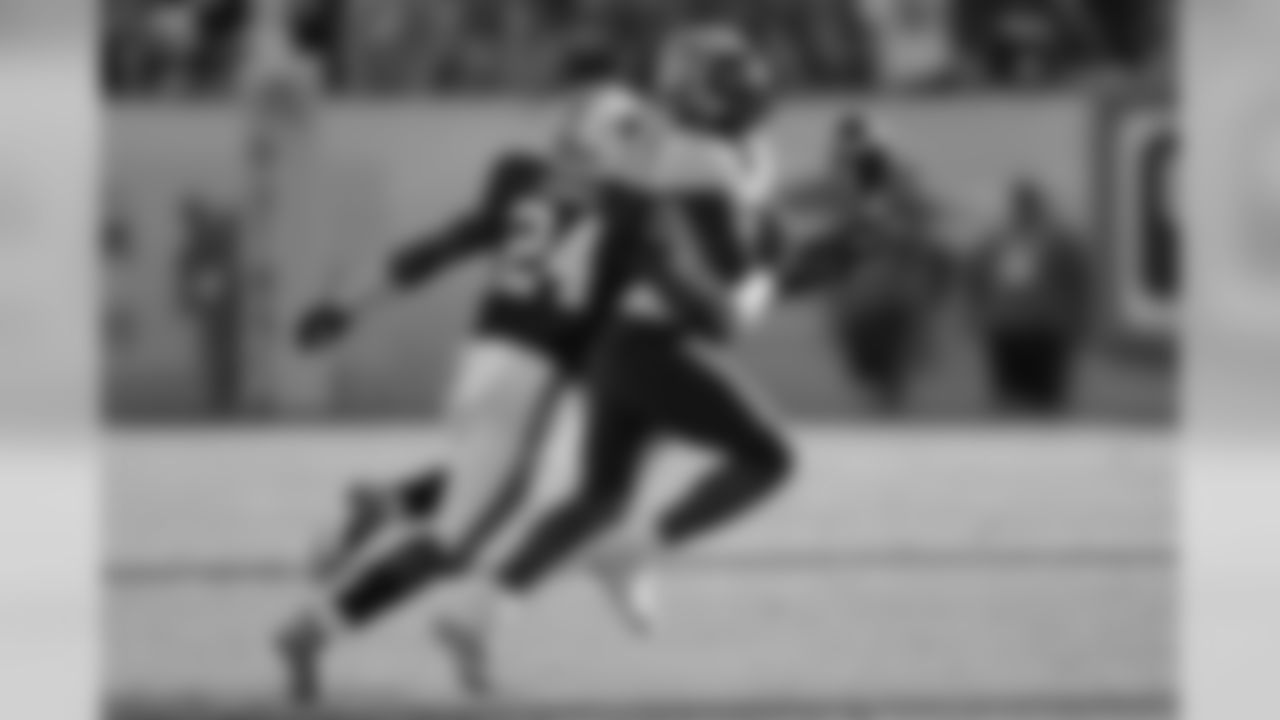
Minnesota wide receiver Tyler Johnson (6) makes a catch after getting around Auburn defensive back Daniel Thomas (24) during the second half of the Outback Bowl NCAA college football game Wednesday, Jan. 1, 2020, in Tampa, Fla. (AP Photo/Chris O'Meara)
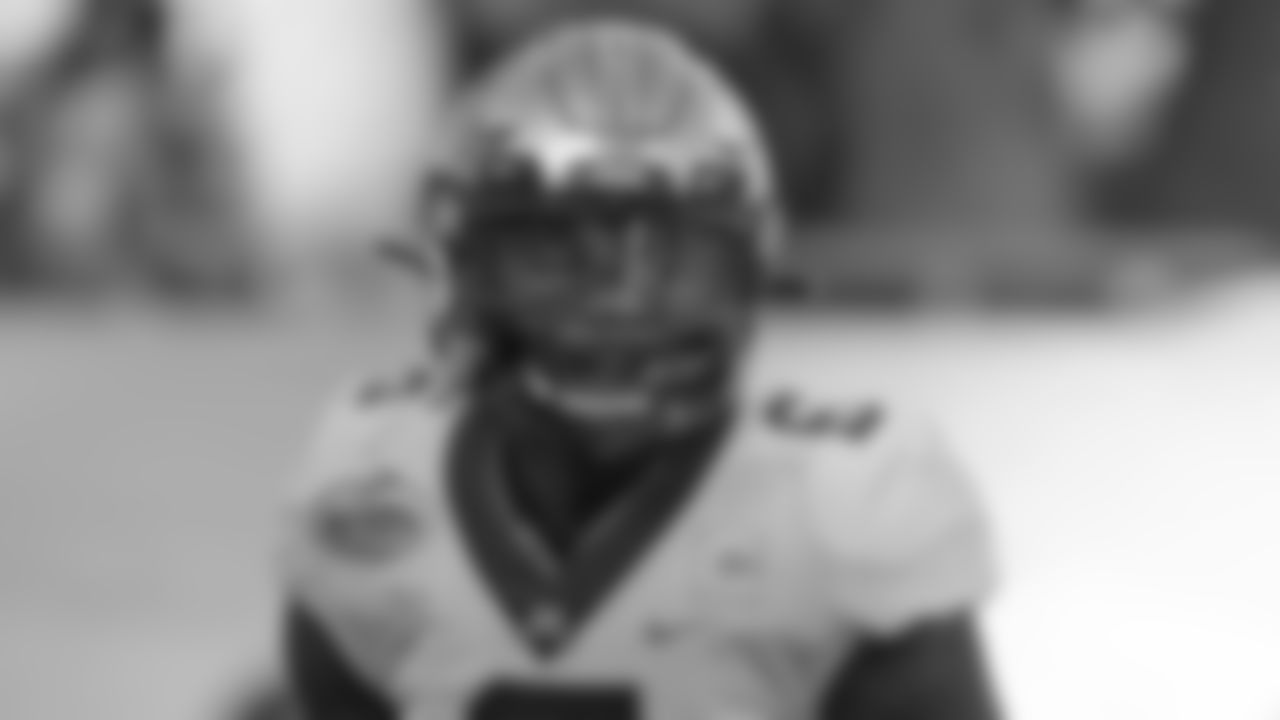
Minnesota wide receiver Tyler Johnson during the second half of the Outback Bowl NCAA college football game against Auburn Wednesday, Jan. 1, 2020, in Tampa, Fla. (AP Photo/Chris O'Meara)
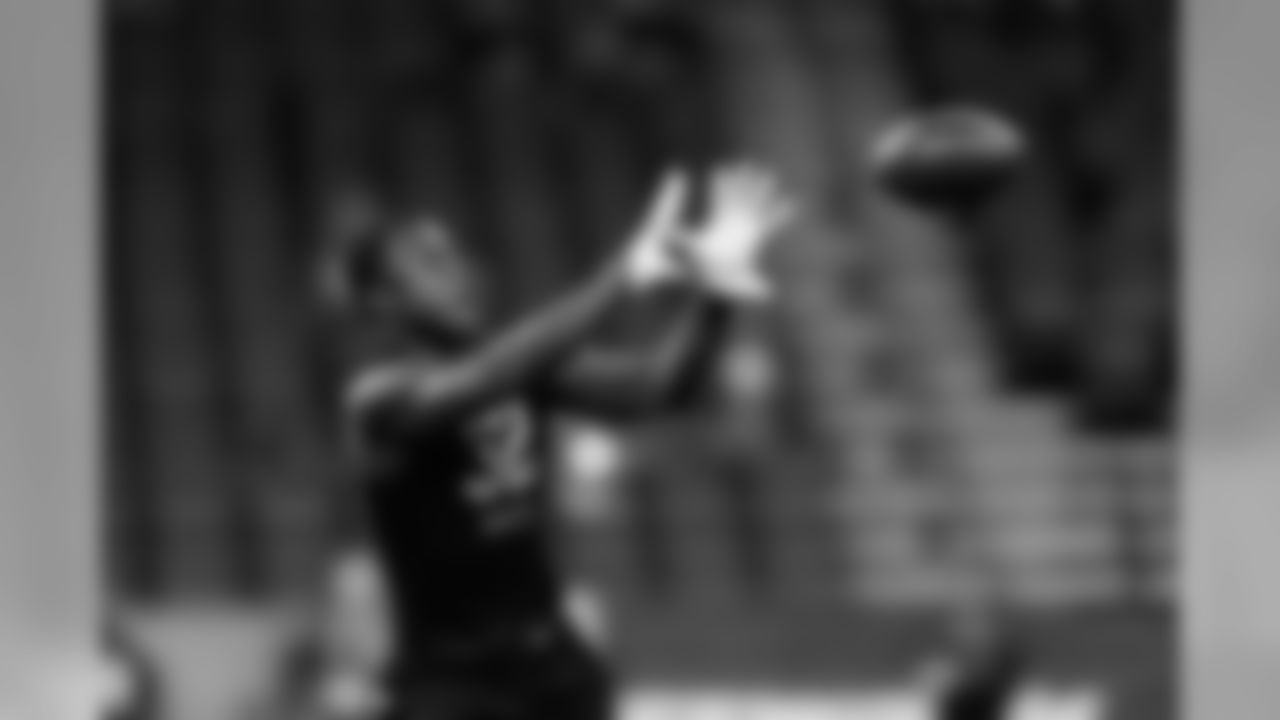
Minnesota wide receiver Tyler Johnson catches the ball during the NFL football scouting combine, Thursday, Feb. 27, 2020, in Indianapolis. (Aaron M. Sprecher via AP)
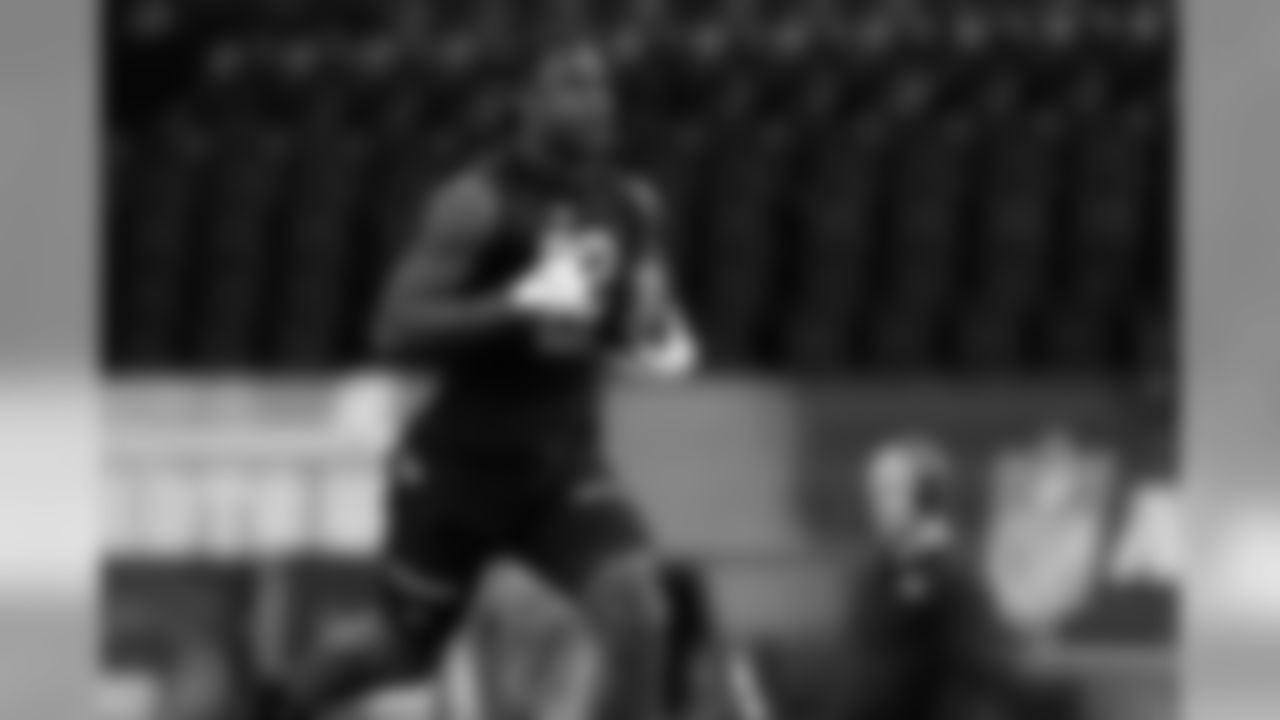
Minnesota wide receiver Tyler Johnson runs after the catch during the NFL football scouting combine, Thursday, Feb. 27, 2020, in Indianapolis. (Aaron M. Sprecher via AP)
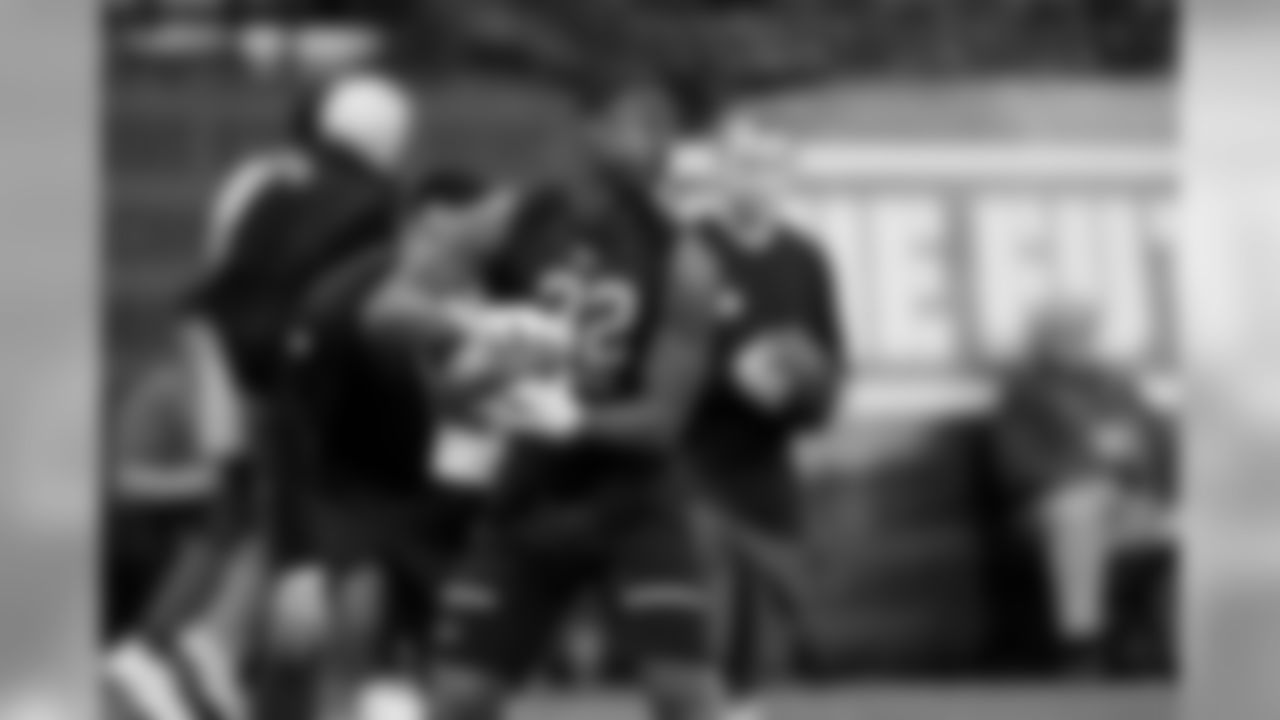
Minnesota wide receiver Tyler Johnson runs a drill at the NFL football scouting combine in Indianapolis, Thursday, Feb. 27, 2020. (AP Photo/Michael Conroy)

Minnesota wide receiver Tyler Johnson runs a drill at the NFL football scouting combine in Indianapolis, Thursday, Feb. 27, 2020. (AP Photo/Michael Conroy)
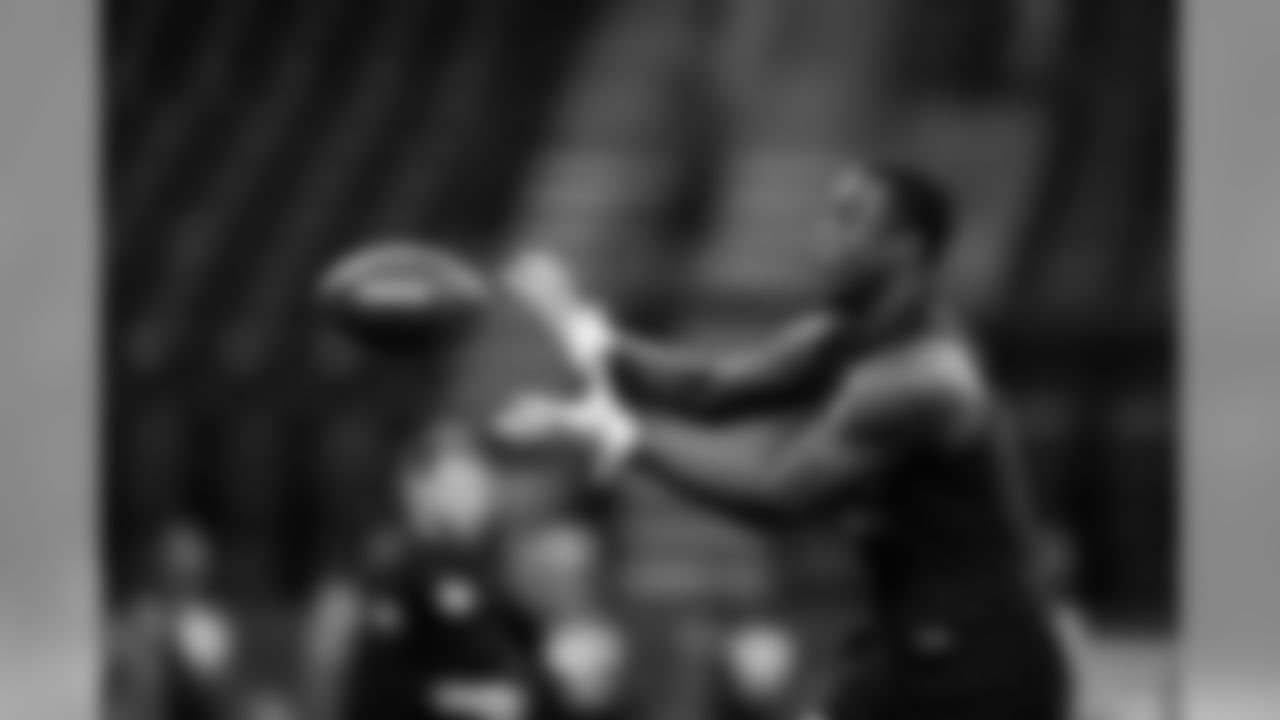
Minnesota wide receiver Tyler Johnson runs a drill at the NFL football scouting combine in Indianapolis, Thursday, Feb. 27, 2020. (AP Photo/Michael Conroy)

Minnesota wide receiver Tyler Johnson runs after the catch during the NFL football scouting combine, Thursday, Feb. 27, 2020, in Indianapolis. (Aaron M. Sprecher via AP)
So, after adding or retaining (in order for the paragraph above) Tom Brady, Rob Gronkowski, Shaquil Barrett, Ndamukong Suh, Jason Pierre-Paul, Tristan Wirfs, Joe Haeg, Kevin Minter, Rakeem Nunez-Roches, Andrew Adams, Ryan Smith, Antoine Winfield, Jr., Ke'Shawn Vaughn, Tyler Johnson and Khalil Davis, what is there still left to do in this remarkable and unprecedented offseason? Not much, at least when it comes to fleshing out the depth chart.
It appears to me that every starting position has an obvious answer, including quasi-starting jobs like nickel corner, third receiver, second tight end, kicker and punter. The Bucs surely expect Wirfs to win the starting right tackle job after taking him 13th overall a week ago. Gronkowski can be joined in multiple-tight end packages by O.J. Howard and/or Cam Brate, and there are several other young players the Bucs like at that position, too. Johnson will battle with Scotty Miller and Justin Watson and maybe a wild-card like John Franklin for the third receiver spot and to fill out the rest of the five or six spots at that position. The Bucs have two backup quarterbacks who already know the offense. Safety could end up as a spirited competition between Winfield, Jordan Whitehead, Mike Edwards, Andrew Adams and Justin Evans, if he's healthy.
If I see any areas of potential depth concern it's at edge rush and interior offensive line. The Buccaneers didn't get a chance to hit either of those areas in the draft. While the team is thrilled to keep Barrett and Pierre-Paul around, Carl Nassib did depart via free agency, to the Raiders, and that leaves the team with no real experience behind their stud starting duo. Anthony Nelson, a fourth-round pick a year ago, could fill that void but the only other options currently are Kahzin Daniels and Quinton Bell.
As for the O-Line, the Buccaneers have invested heavily in their starting trio of left guard Ali Marpet (a 2015 second-round pick on his second contract), center Ryan Jensen (a high-priced free agent in 2018) and right guard Alex Cappa (a third-round pick in 2018). Behind them are Aaron Stinnie, who has played in six NFL games with no starts; Zack Bailey, a 2019 undrafted rookie who spent much of the year on injured reserve; and Anthony Fabiano, a 2019 practice-squadder with two career starts. This isn't unusual, of course, it is difficult to build and maintain experienced offensive line depth and reserves often come from the undrafted ranks. In fact, the Bucs are likely to officially add some of those in the coming days when they announce their 2020 post-draft signings. Still, if we're allowed to ask for even more after all those signings above, I'd happily take some more options here.
But I could also approach your question from a different angle, not focusing on more additions to the roster but where the team could still make significant improvements in 2020 with what is already on hand. If we optimistically project better results at quarterback and tight end, a more varied array of offensive weapons that Brady uses well, an offensive line kept solid by the big addition of Wirfs, a duplication of the great results presented by the defensive front last season, a continuation of the vast improvement in the secondary in the second half of the season and more playmaking from the safety position, than where else can we look for improvement?
Well, the kick-and-return game could use better results in several areas, and I think it can get them with the players on hand. Tampa Bay ranked 22nd in the NFL in field goal success rate in 2019 at 77.1%, below the league average of 81.6%. That was an improvement over the previous few seasons, but not quite the level of improvement the team was hoping for when it drafted Utah kicker Matt Gay in the fifth round. However, Gay had made 88.9% of his field goal tries through the first 13 games of the season and the Bucs were ranked eighth in that category before the rookie's three-game slump to end the season. Assuming that the bigger sample size is more representative of what Gay can do, a slump-free season should make the Bucs better in this area.
The Buccaneers also ranked 29th in punt return average (5.2-yard average) and 28th in kickoff return average (19.8-yard average) last year, but may have the pieces to do better in 2020. T.J. Logan, the primary kickoff return for most of the season, did provide a spark when he took over the punt return job in the season's second half before he was sidelined by a broken thumb. Head Coach Bruce Arians clearly believes that Logan is capable of providing more robust results as a return man, but he might also face some competition for those jobs. Seventh-round running back Raymond Calais got a lot of work on kickoff returns at Louisiana-Lafayette and had a 25.2-yard career average as well as two touchdowns. Winfield only got a couple shots at punt return for the Gophers but he did take one of them to the house. The versatile John Franklin, who is now listed as a receiver on the Bucs' roster, could work into the mix as well.
The pass-rush, which was good last year, could also get even better after tying for seventh in the NFL in sacks but just 18th in sacks per pass attempt (7.08%). Barrett and Pierre-Paul combined for 28 sacks even though Pierre-Paul missed six games, but the front could get more either from a productive third edge-rusher, successful blitzing from the inside linebackers or safeties (Winfield and Devin White seem like prime candidates) or more pressure from the interior line. Vita Vea might still have some bigger sack numbers in his game and adding rookie Khalil Davis and his quick first step to the mix could help.
Hi Scott
I think the Bucs did a pretty good job in the draft this year, and it was definitely fun to watch. I guess Im starved for some new sports event of any kind because I watched almost every hour of the draft over three days. I was really glad we get the tackle from Iowa, or any one of the top four tackles – that was obviously our biggest need. I was just wondering if the trade before the pick was really a good move or not. Was it good value? Was it worth it all or should we have just waited San Francisco out and kept that fourth-round pick. We could've gotten a good player there. I don't know. It just felt weird to me to trade up one pick tho I do get that you have to worry about OTHER teams trading with San Fran. What do you think? Thanks and l can't wait for some actual football!
…Gerald Ryan (via email to tbbsocial@buccaneers.nfl.com)
Well, to your first question, the trade was pretty close to fair from a value standpoint. If you consult the Jimmy Johnson Draft Value Chart – and I continue to be convinced that teams do actually consult it when making trades though there are other charts out there – you'll find that the 13th pick is considered to be worth 1,200 points while the 14th pick is valued at 1,150 points. That's a 50-point difference, obviously, and the pick that is valued at 50 points is number 122. The Buccaneers sent number 117 to the 49ers and got back a little something, a seventh-rounder (no. 245) that is beyond the end of the Johnson chart, which stops at pick 224. So that pick didn't technically have "value" in the points system but if running back Raymond Calais makes any impact for the Bucs it will obviously prove to have had value in the end.
As for if it was a necessary move, we'll never really know, but that's pretty much the reason you do make that move. You already explained it, Gerald, so I know you understand that in such a trade you're not just trying to get ahead of the team that's right in front of you but you're also trying to beat any other teams that might be trying to deal with that team to the punch. It's also not out of the question that the 49ers could have had equal interest in Wirfs and the player they took at 14, Javon Kinlaw, and if they were allowed to stay at 13 they might have taken the Buccaneers guy. The Bucs had heard that 49ers tackle Joe Staley was considering retirement, but San Francisco's subsequent trade for Washington tackle Trent Williams had not yet been announced. So it wasn't out of the question in Jason Licht's mind.
Clearly, the surrender of a fourth-round pick was worth it to Licht to be sure. Since Wirfs was clearly the Buccaneers' number-one target, how would they feel if they didn't pull the trigger and then Wirfs is taken one pick ahead of them by either the 49ers or another team trading in. It would feel like a massive missed opportunity, and it just wasn't worth that risk to Licht, who has consistently shown that he will make small deals to make sure he doesn't miss out on a targeted player (a la Ali Marpet, Alex Cappa, Kwon Alexander and Kendell Beckwith). I happen to agree that it wasn't worth the risk.
We don't know what the Buccaneers would have gotten with that fourth-round pick but I concede that it could have been a useful player, like Alexander or Jordan Whitehead. That said, I feel a little better about missing out on that round because I think there's a good chance the Bucs would have targeted a wide receiver next after already landing a tackle, a safety and a running back. They seemed to be going down a list of widely-perceived team needs and a potential third receiver was probably next. As it turned out, the early run on receivers in this year's incredibly deep class took mostly took a break in the fourth round, with only two of them coming off the board. And only one more was taken in the fifth round before the Buccaneers took Minnesota's Tyler Johnson. Unless the Buccaneers had significantly higher grades on Gabriel Davis, Antonio Gandy-Golden or Joe Reed, they probably still got the receiver they could have landed in the fourth round. Yes, they got one fewer player in the fourth and fifth rounds due to that first-round trade, but I think they still hit the next need and got their next coveted player even without that fourth.
Do the Bucs have any space to sign a few veterans after the draft? If so, who could they target?
- khalidk_27, via Instagram
Some. Not a lot, but some. The Rob Gronkowski trade took about a $10 million bite out of what was left, but was obviously well worth it. The Buccaneers do not normally publicize their own internal cap or salary figures but Spotrac estimates the team's current 2020 cap space at a little under $4 million. That space is based on a team's top 51 salaries, by the way.
Like always, though, it's not terribly difficult to create additional cap space, either through cuts or (more likely) contract restructuring. It's not even terribly important for us to identify which players could be candidates for restructuring; if it needs to be done, the Bucs' brain trust will figure out a way to do it. In fact, they essentially have to do some of that because they will probably have to devote $7-8 million in cap space to signing their seven new draft picks.
For that reason and because the Buccaneers' offseason has already included quite a few big-time investments – gradually eating away at what started out at about $80 million in 2020 cap space – I would be surprised if there are any big or even medium free agency additions. The roster is going to get a little influx of players soon with some undrafted rookie signings, but those players probably won't be top-51 salaries and thus won't impact cap space.
There are always some moves for the Bucs between the draft and the start of training, but not many of them end up producing memorable results. Here are all the non-rookies the Bucs signed between the draft and the first day of camp last year: RB Kerwynn Williams, OLB David Kenney, WR Bryant Mitchell, WR Xavier Ubosi, C Josh LeRibeus and TE Troy Niklas. Only Mitchell is still around and he spent all of last year on injured reserve. This is not an anomaly. Here is the 2018 list: WR Thomas Sperbeck, WR Bernard Reedy, T Jerry Ugokwe.
Now, the 2017 list did include QB Ryan Fitzpatrick and CB Robert McClain, so it can happen. But I just don't see the specific glaring roster holes this year that would require a signing like that. I mentioned edge rushing and interior offensive line depth as possible needs above, but it would have to be a cost-effective signing and that's hard to do at the former position. OLB Markus Golden is still available after his bounce-back 10-sack season for the Giants last year and is a former Bruce Arians draft pick in Arizona, so it's easy to connect those dots. But Spotrac estimates Golden's market value at $13.5 million. I'm skeptical the Buccaneers would try to do that. There are lots of guards in their last 20s and early 30s still available, including such former Bucs as Earl Watford, Mike Liedtke, Kevin Pamphile and Ted Larsen. But I would be lying if a I told you I knew the team had any interest in a veteran guard or specifically which one. In the same way, I could see an addition at wide receiver, depending upon what the Bucs see from the undrafted players they pick up, but it would be a stretch to name one or two in particular.


































